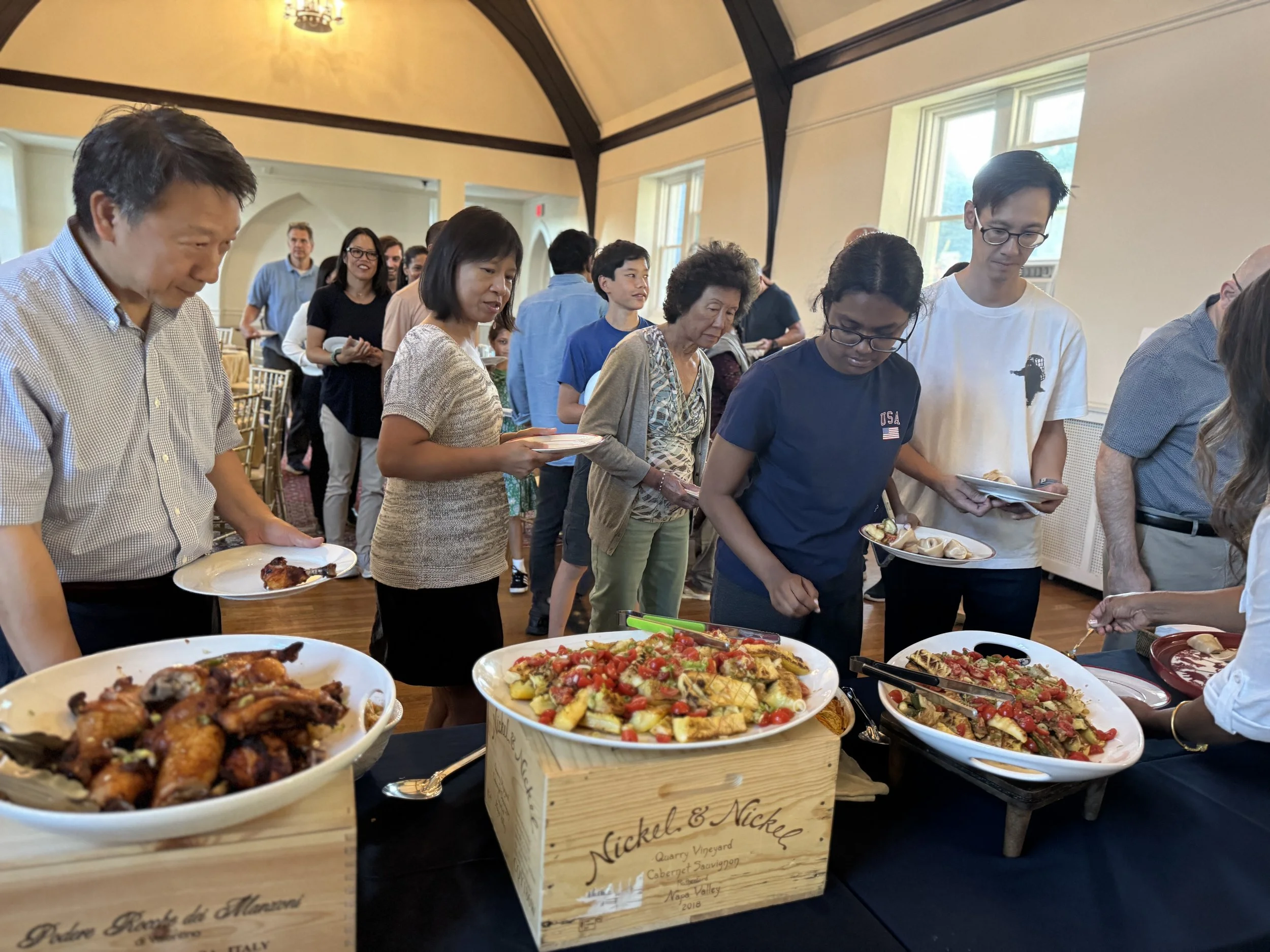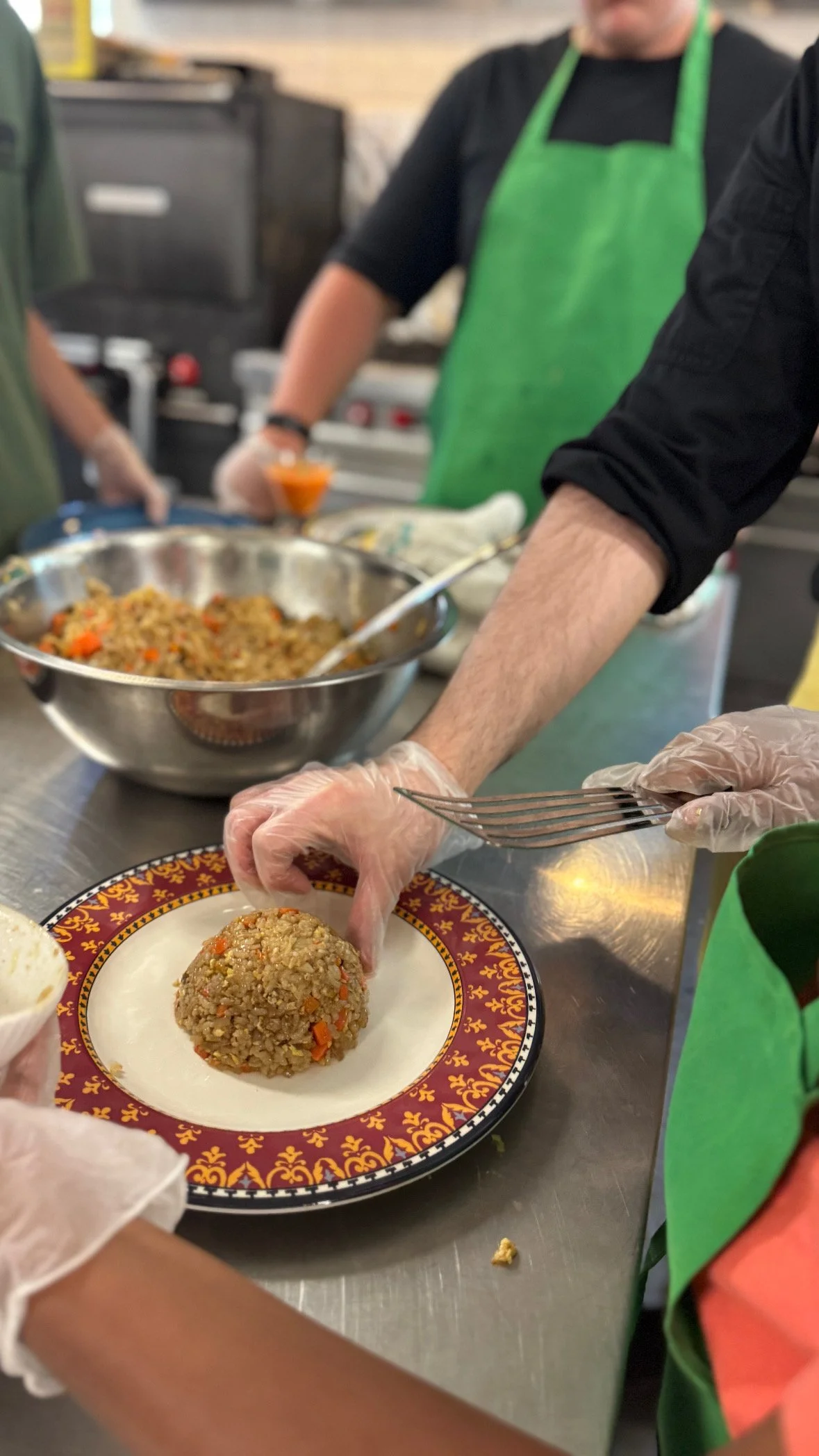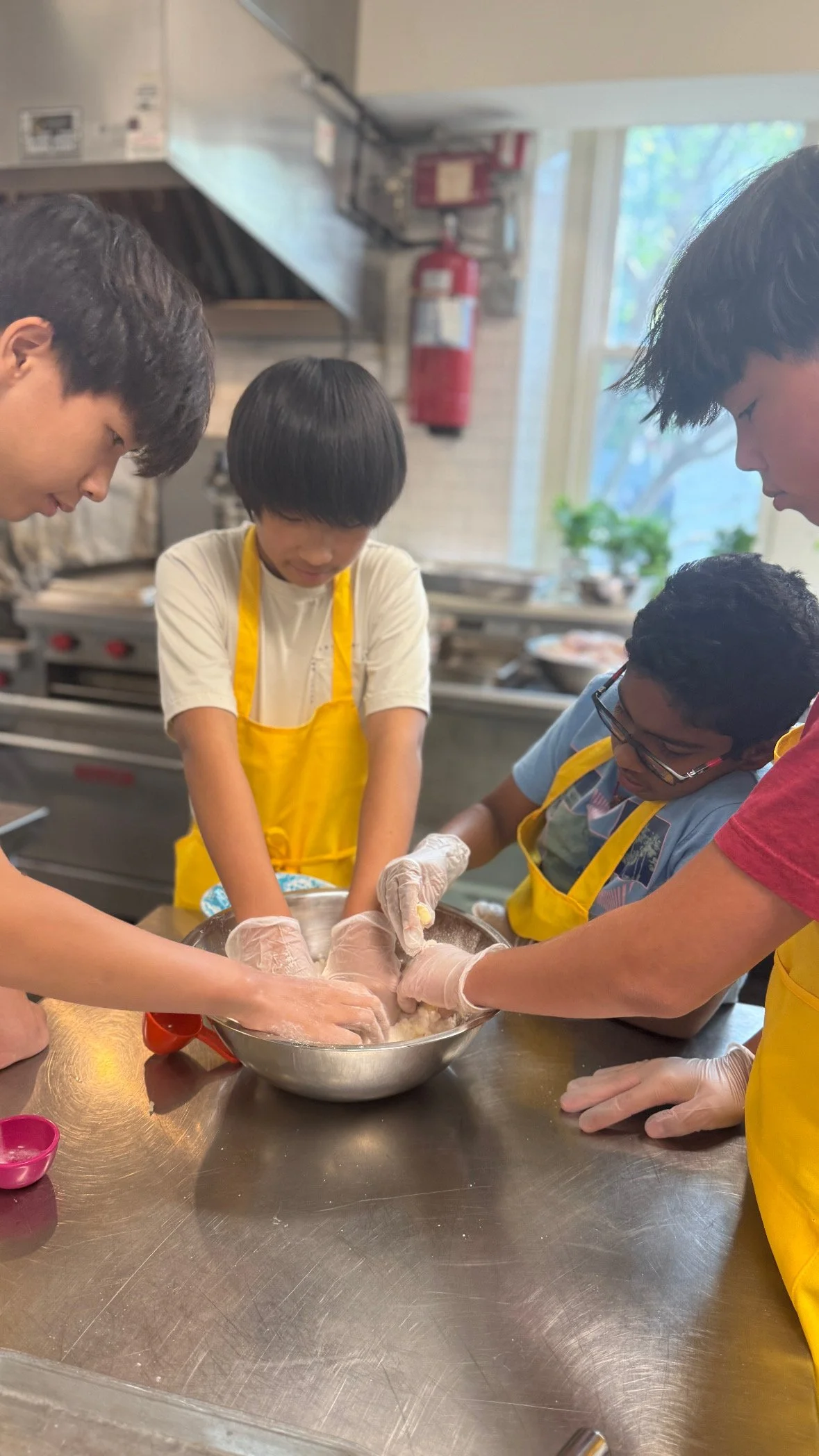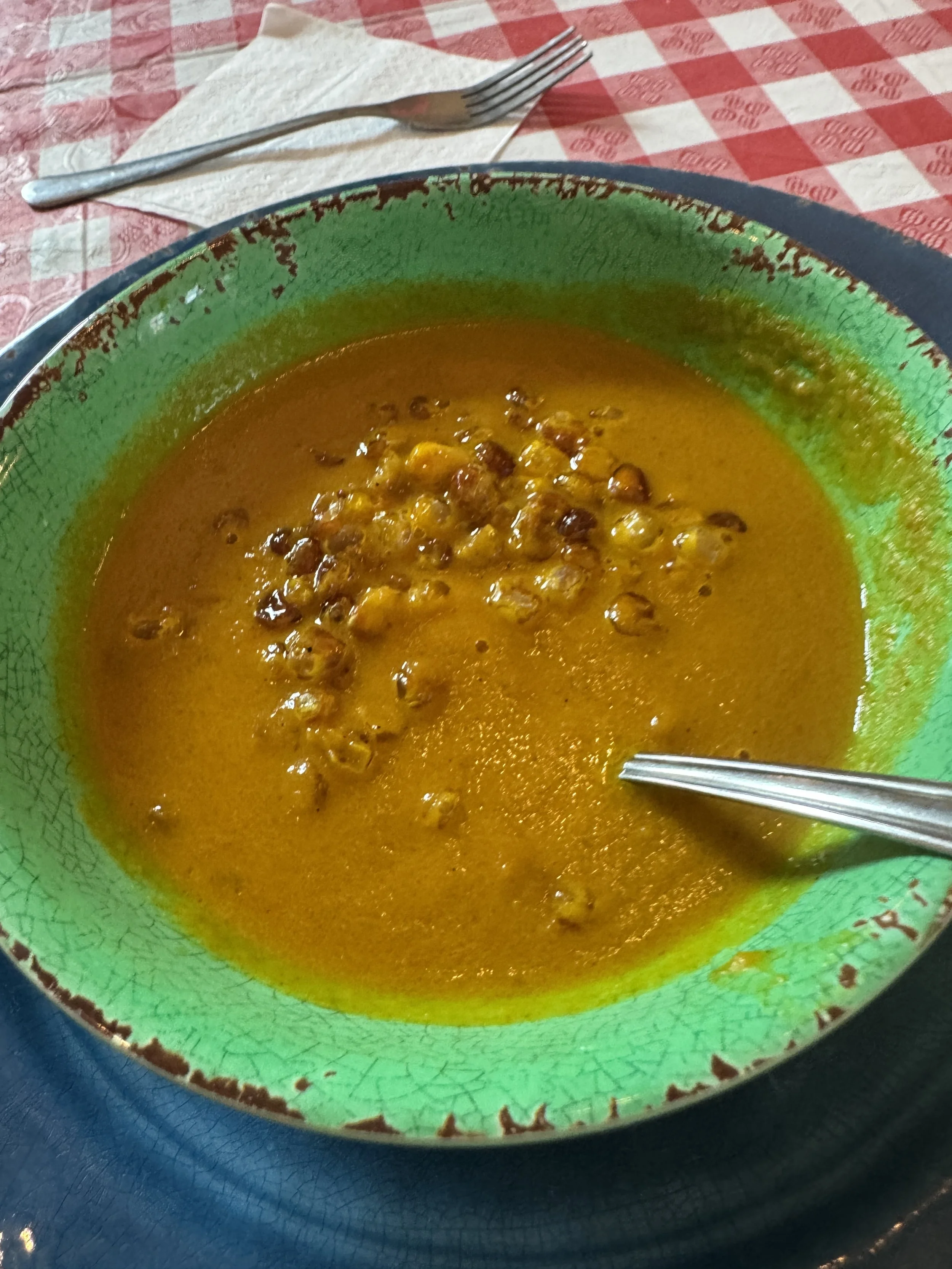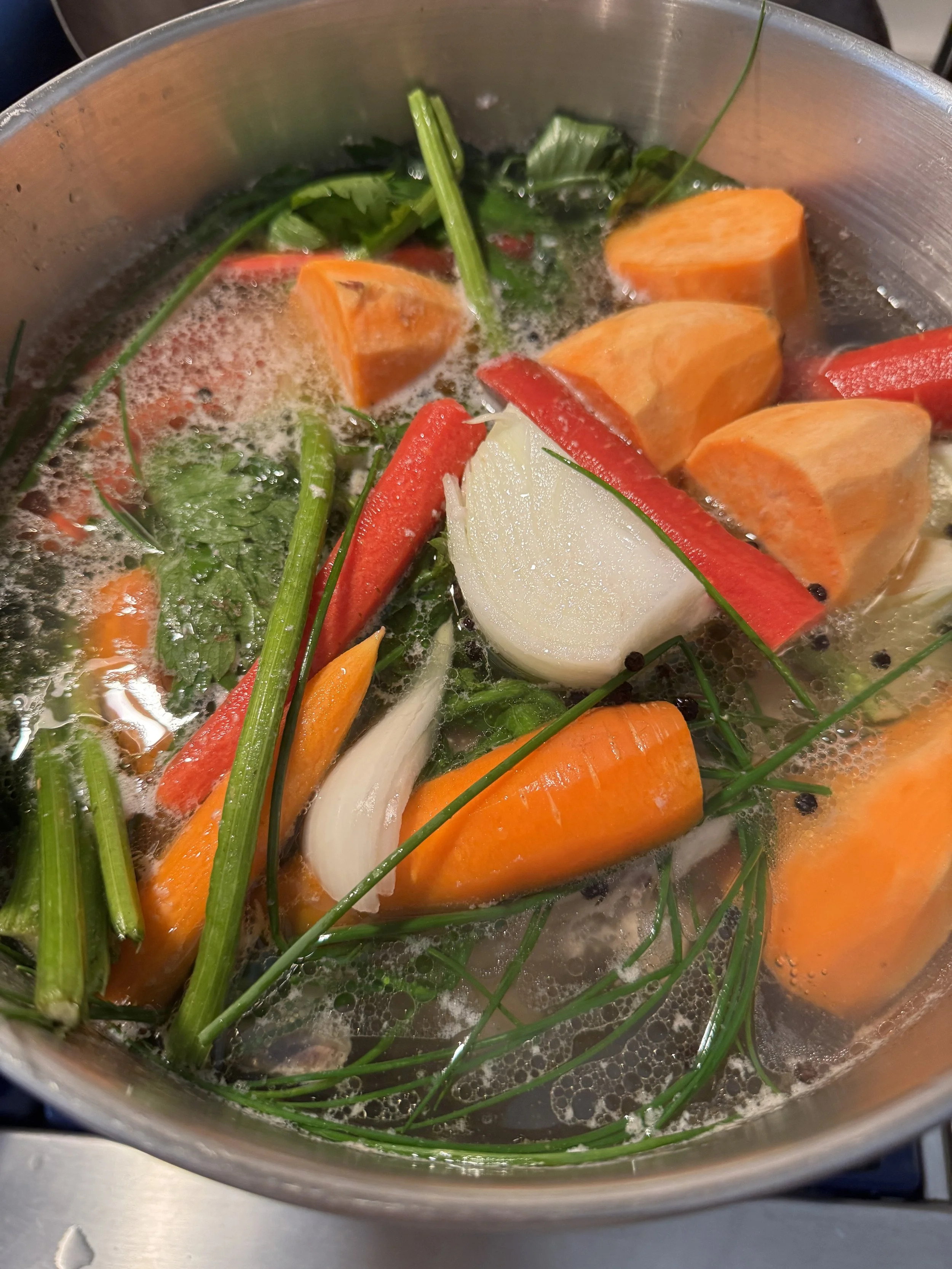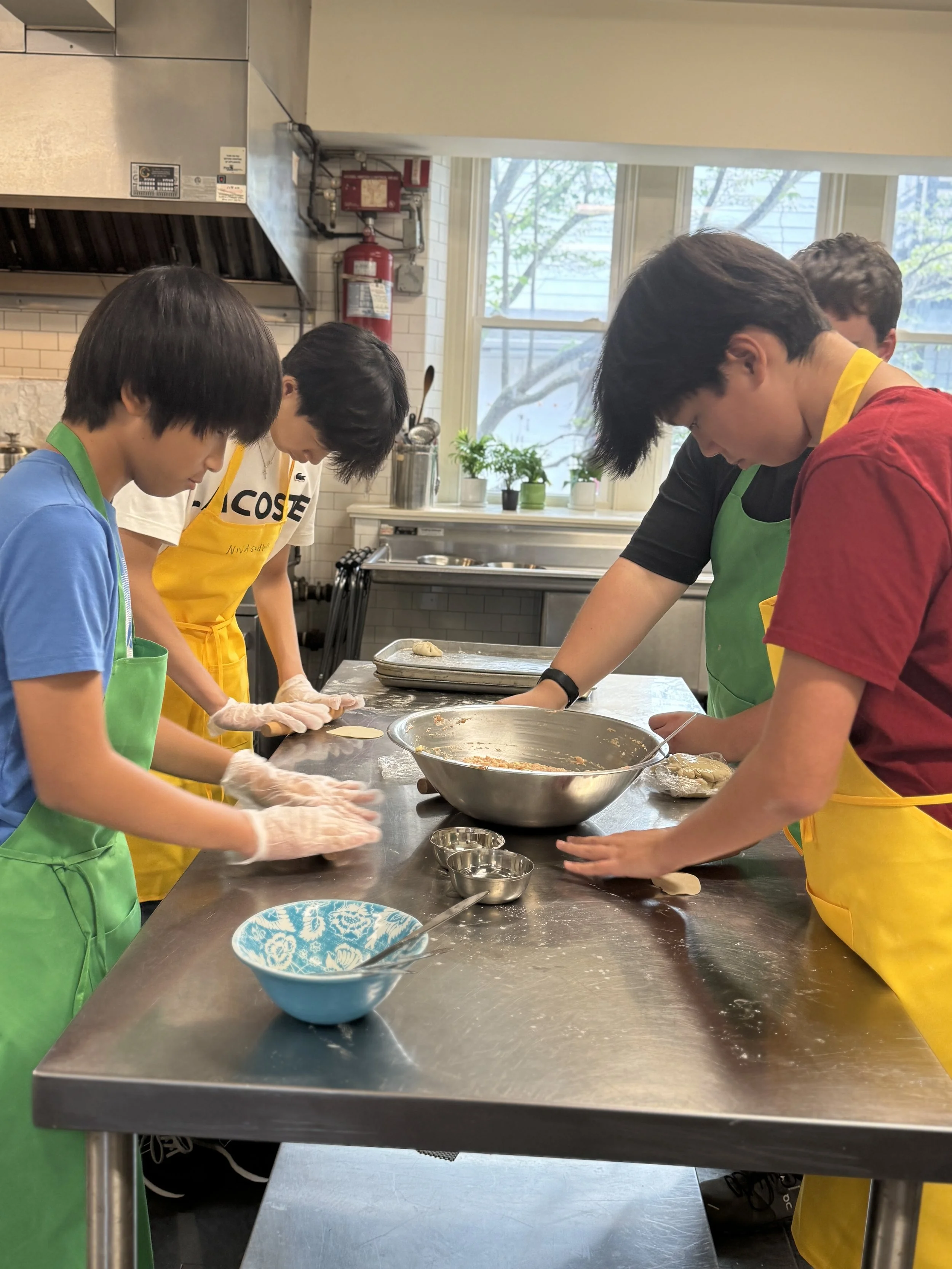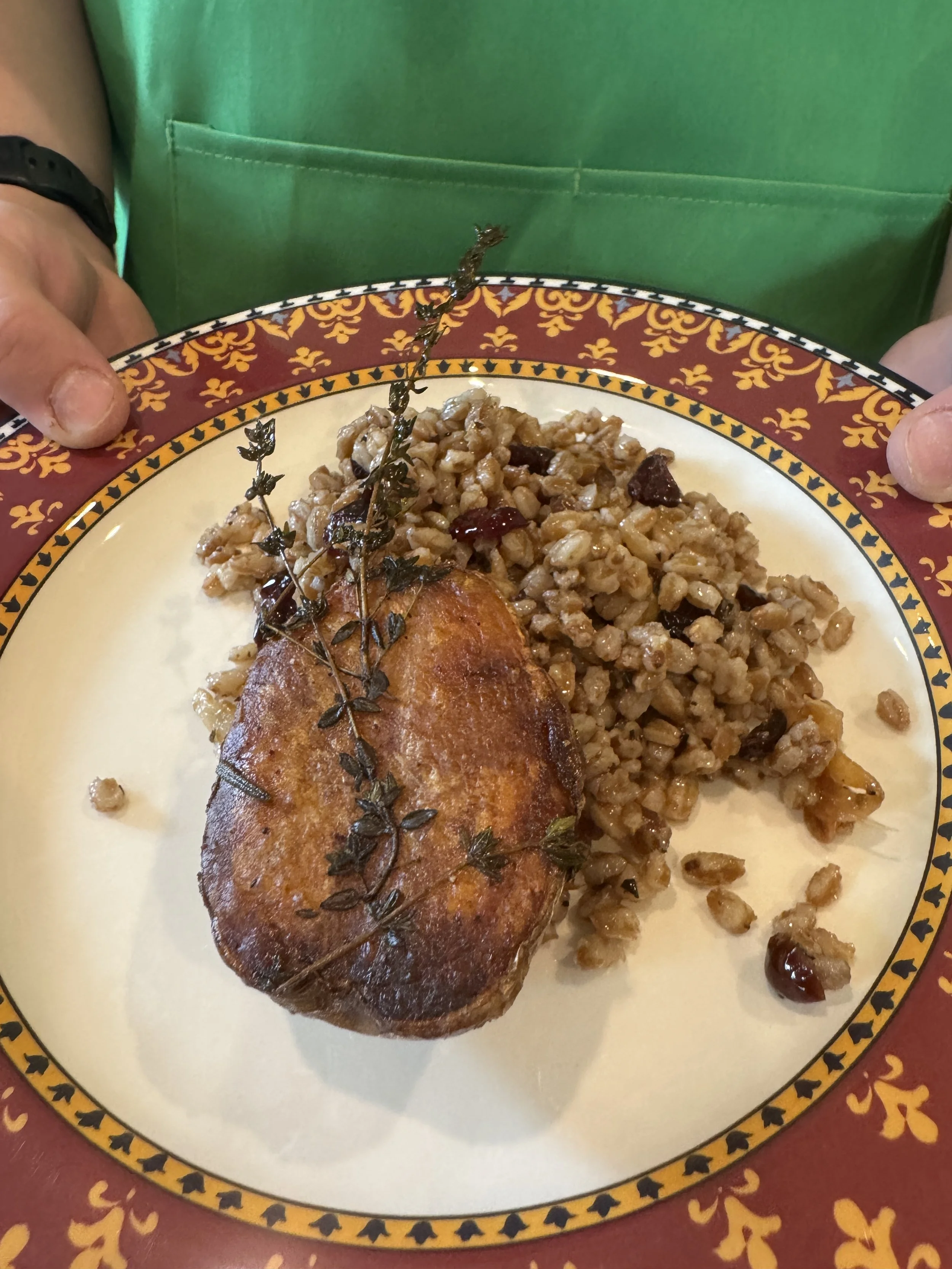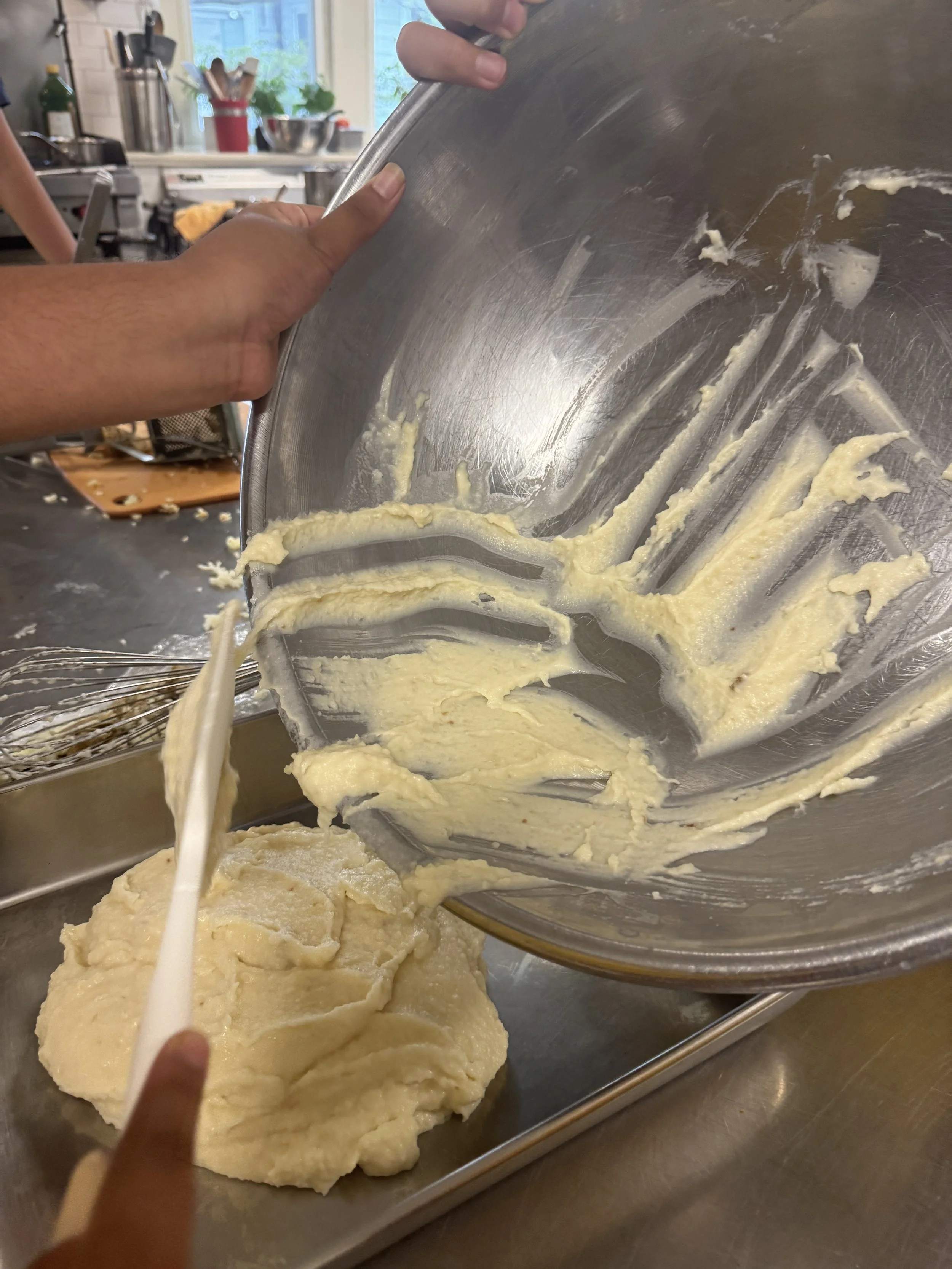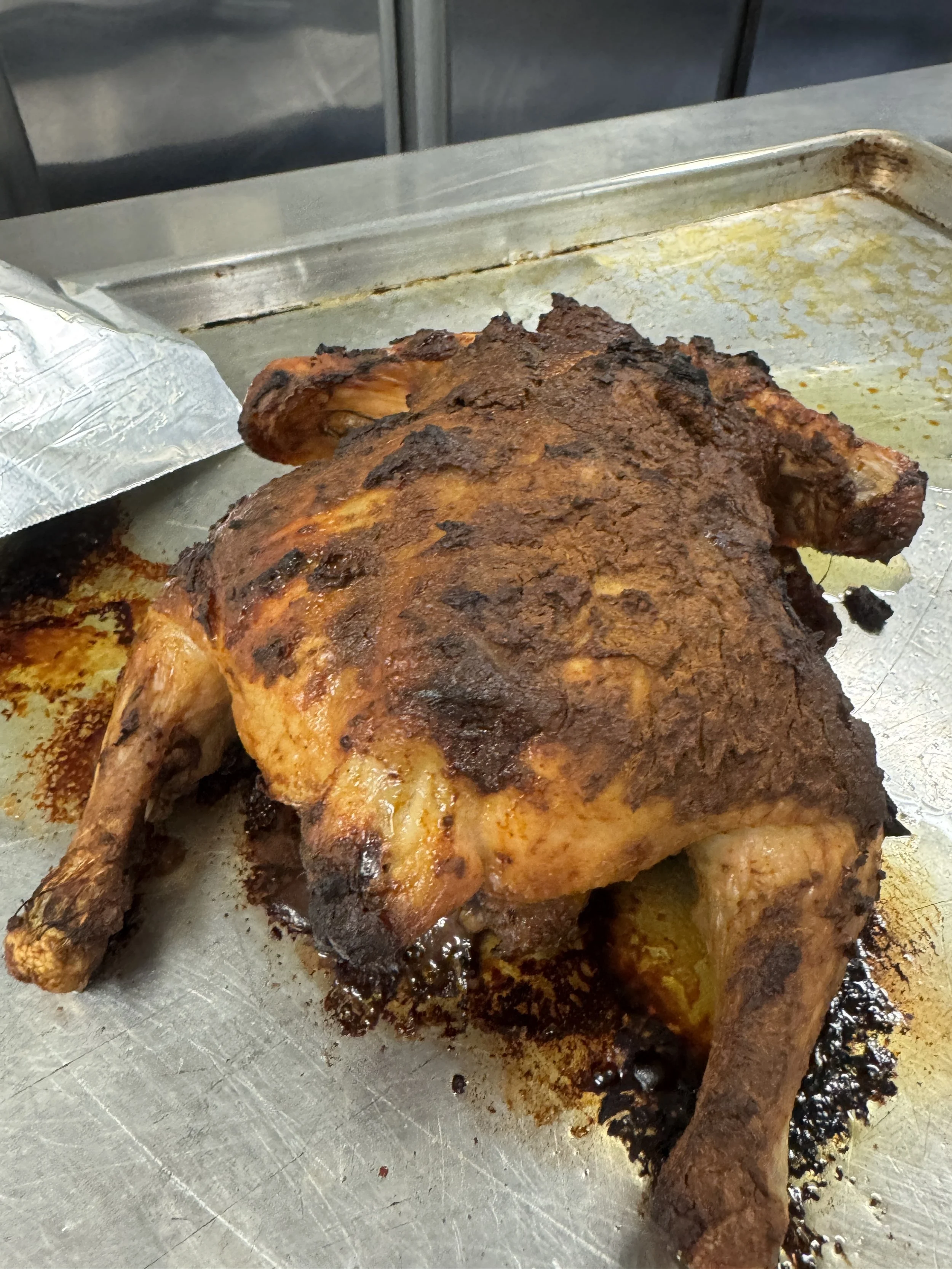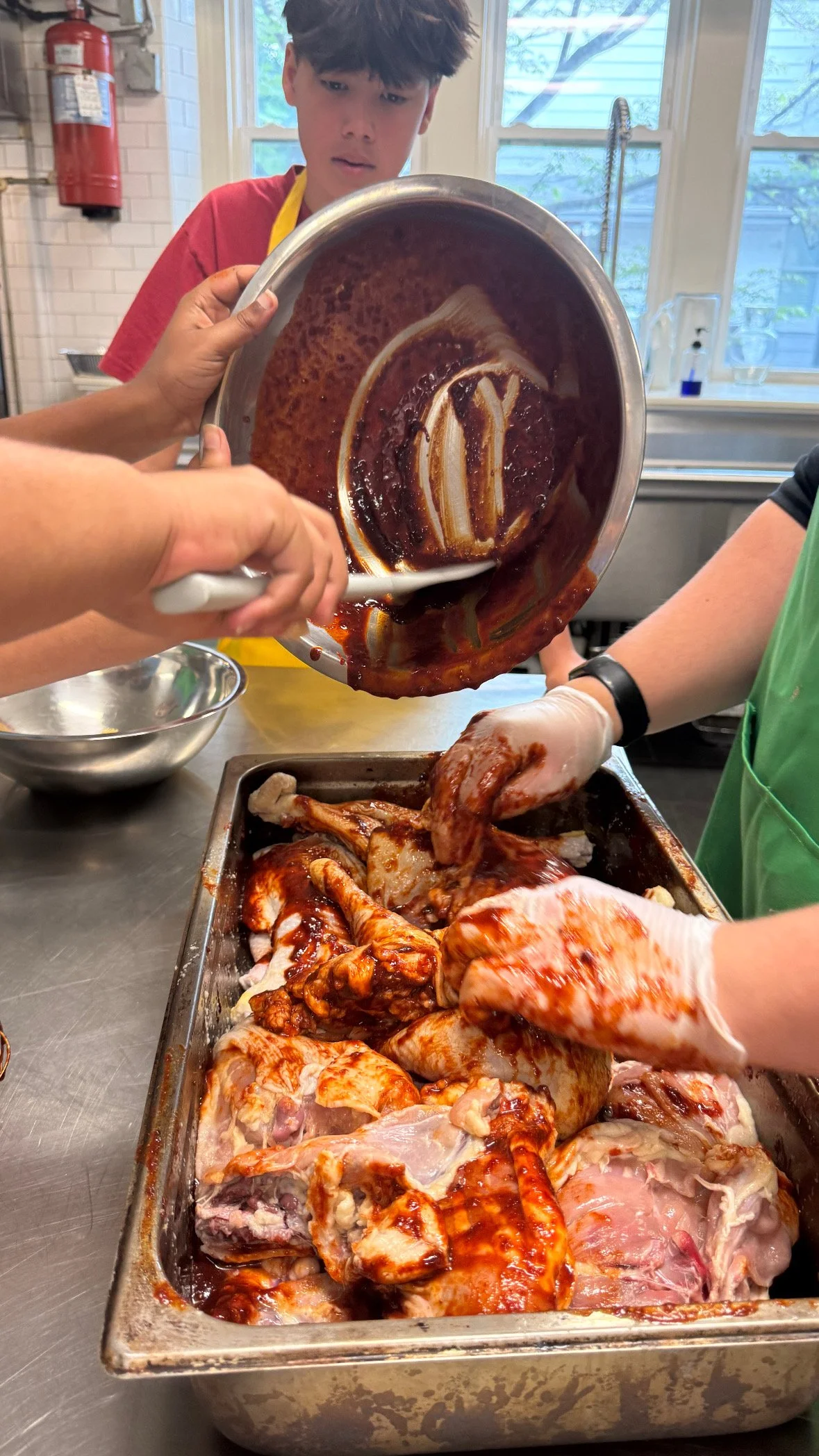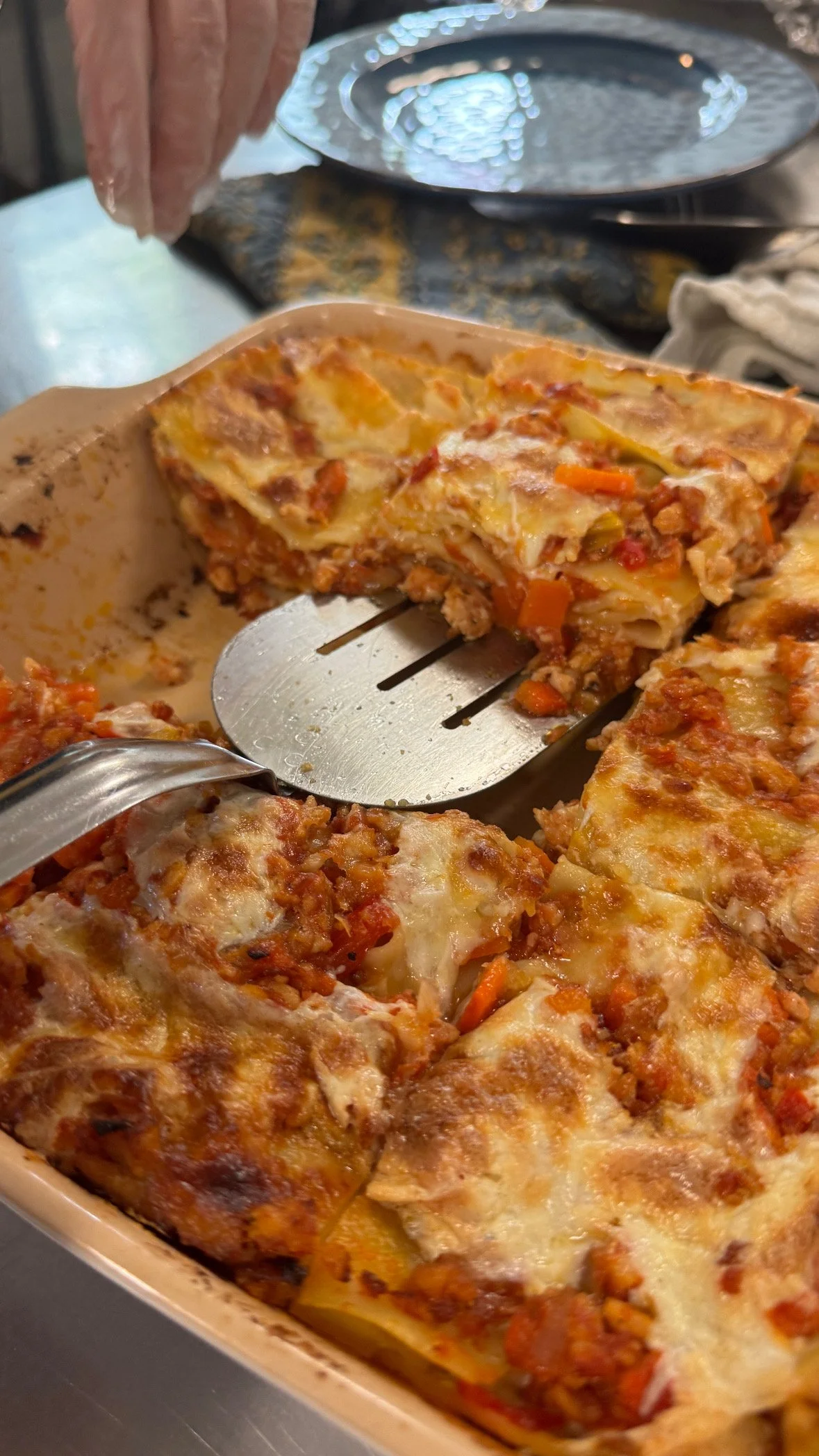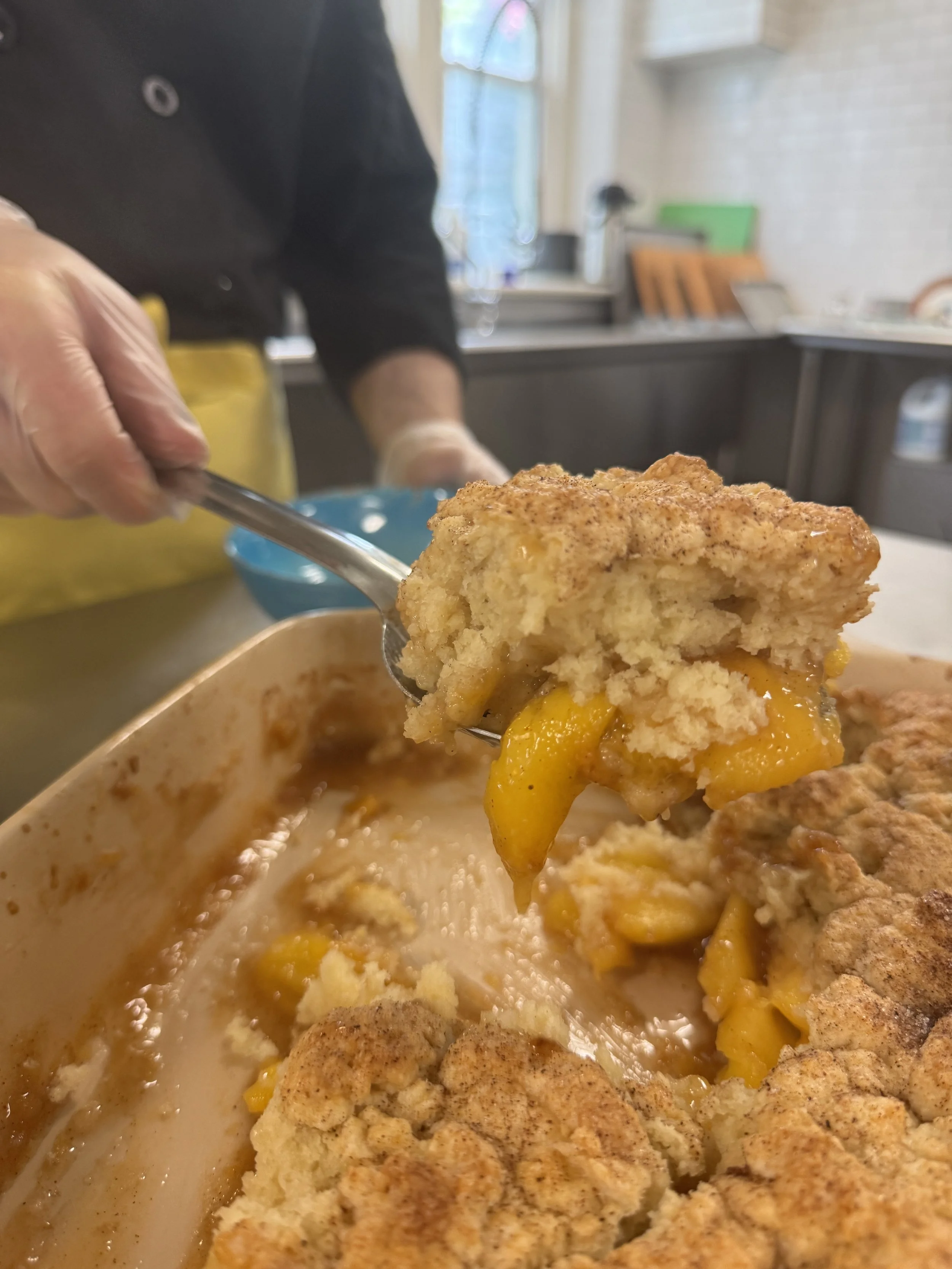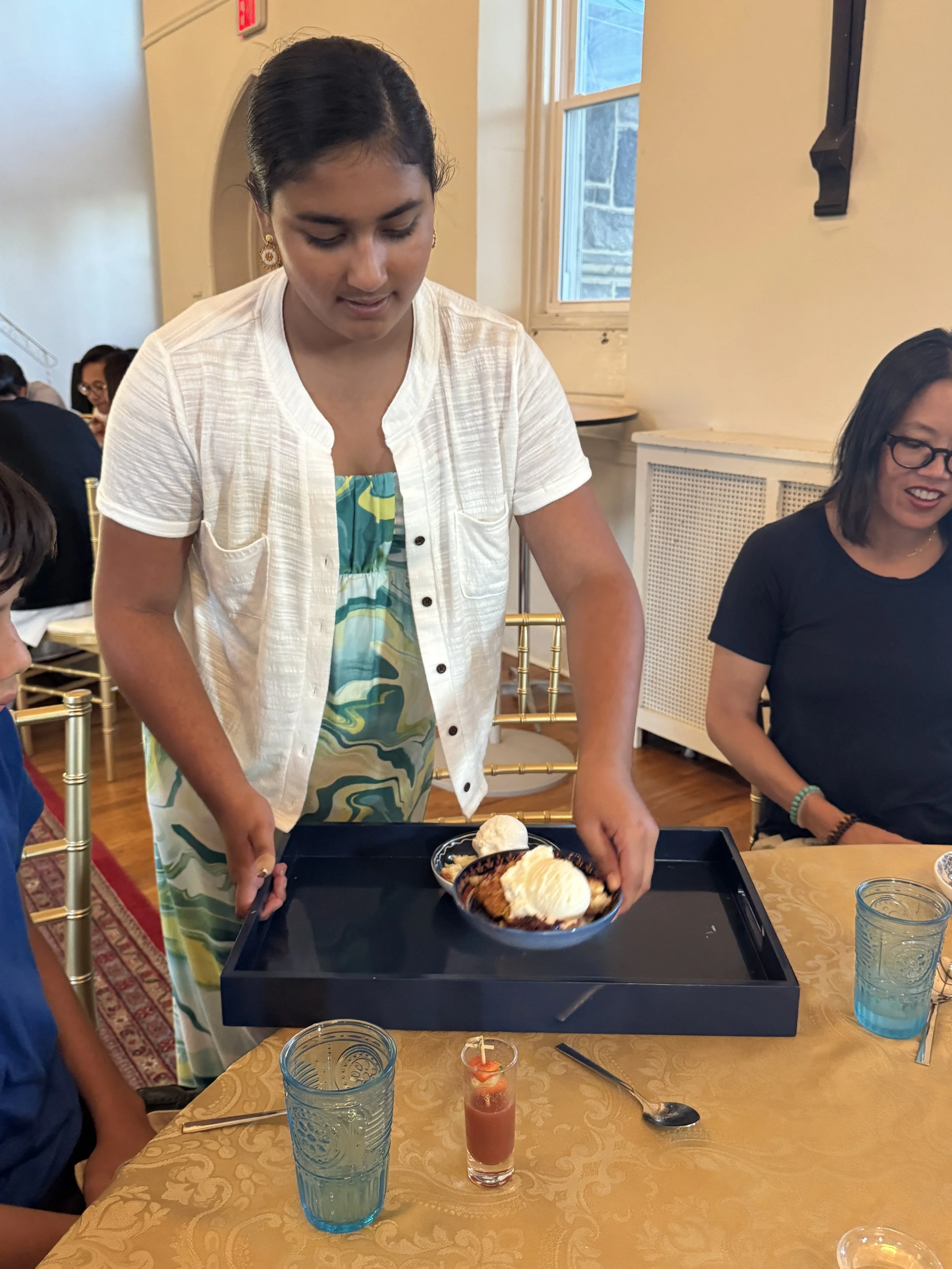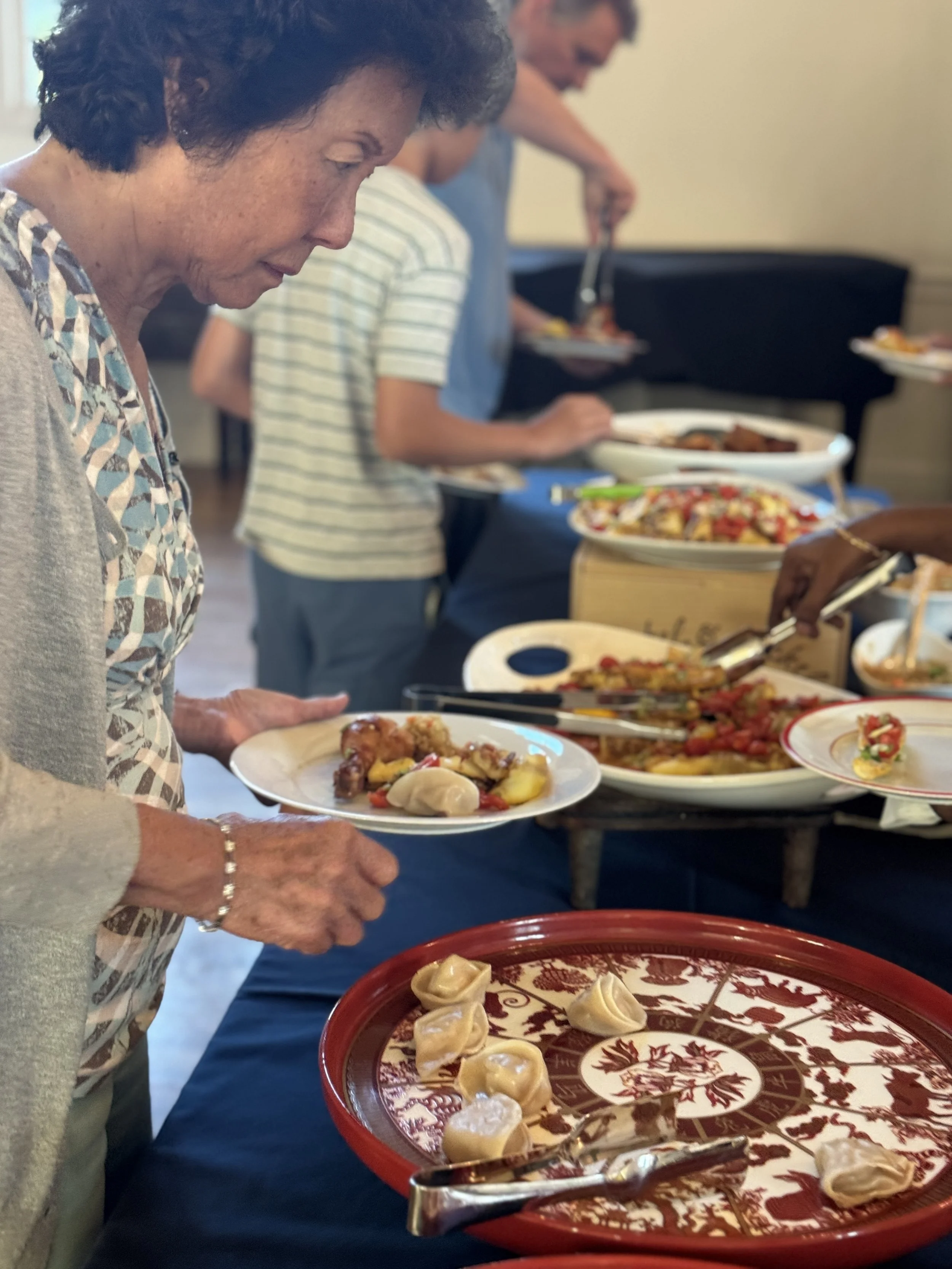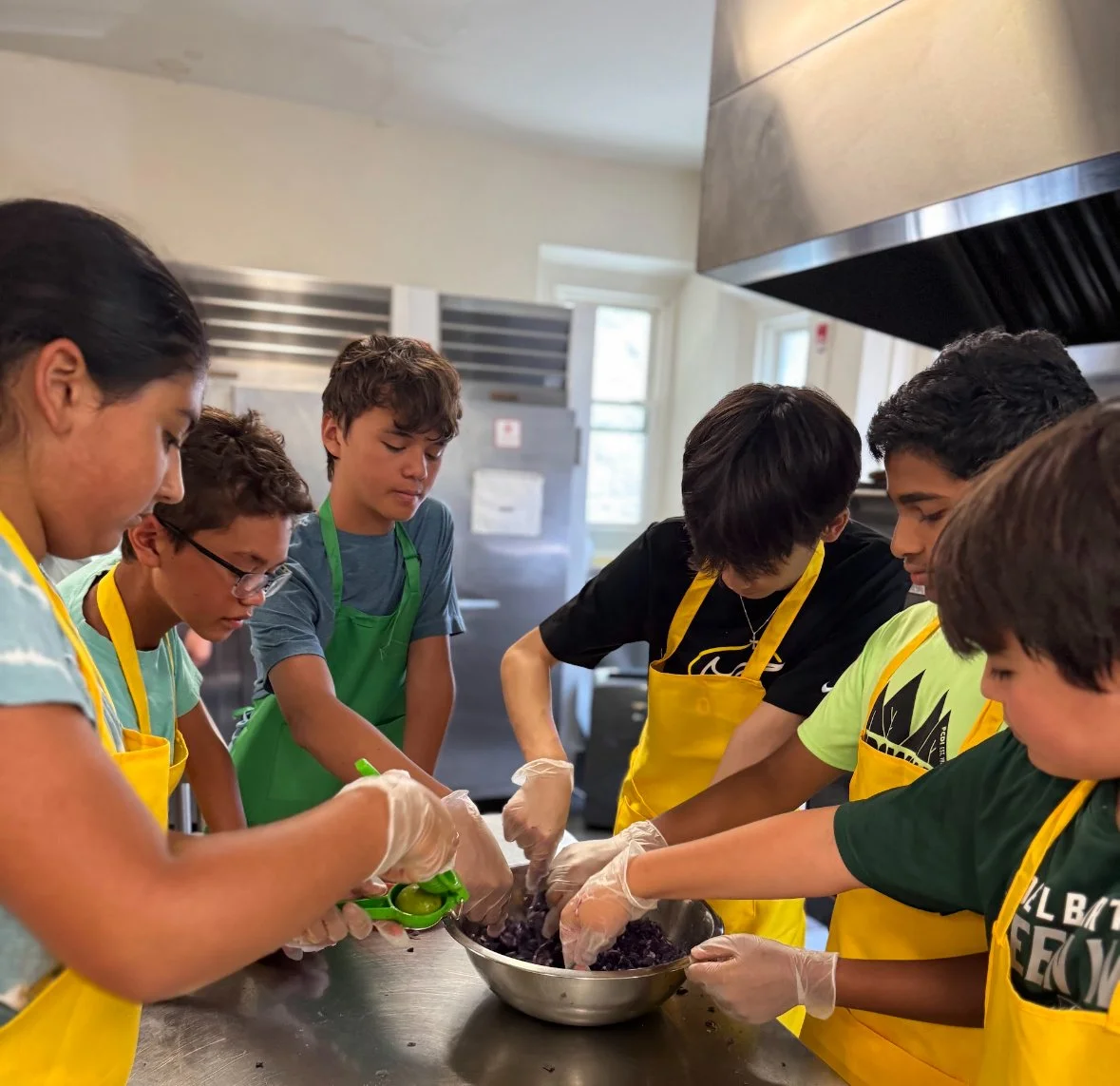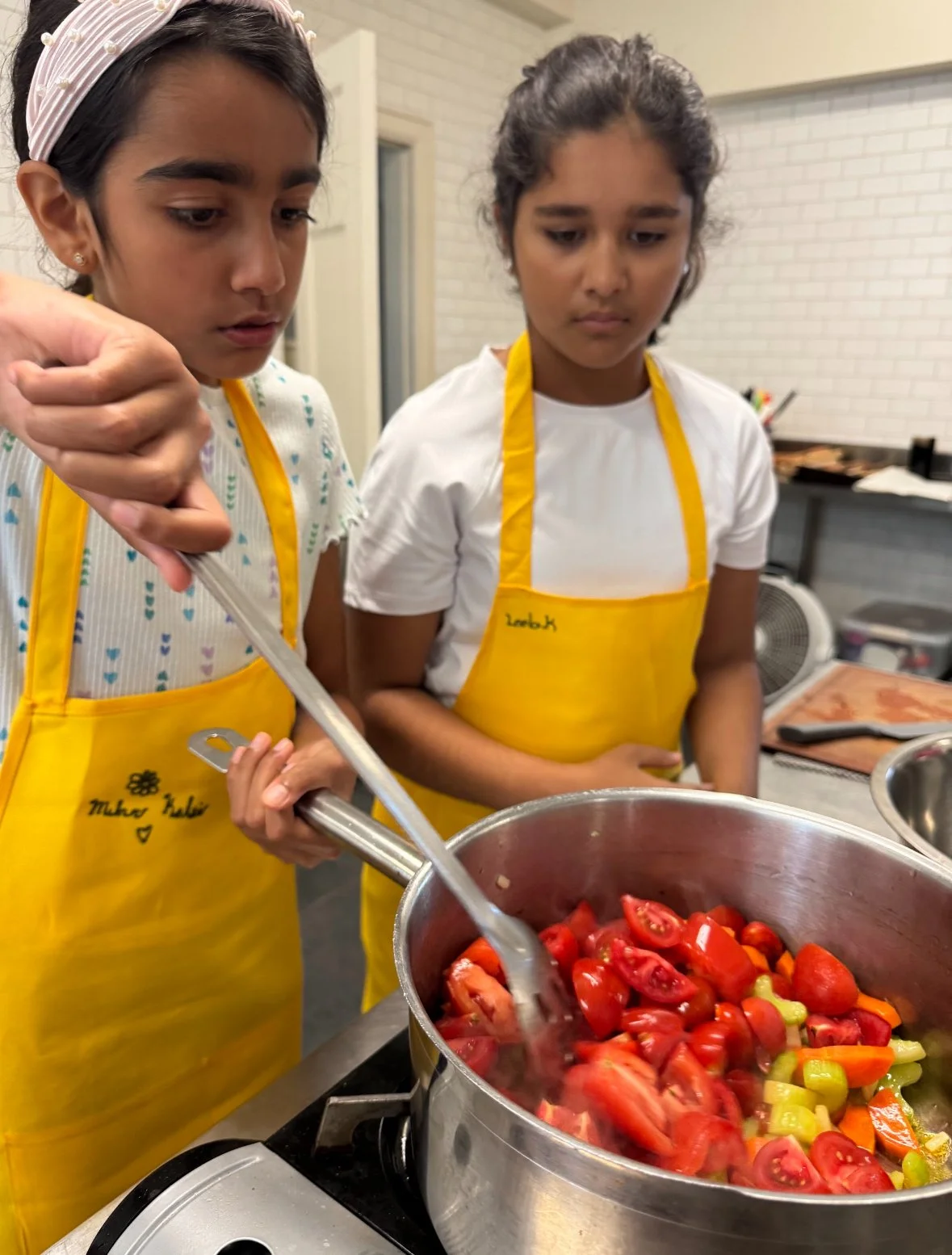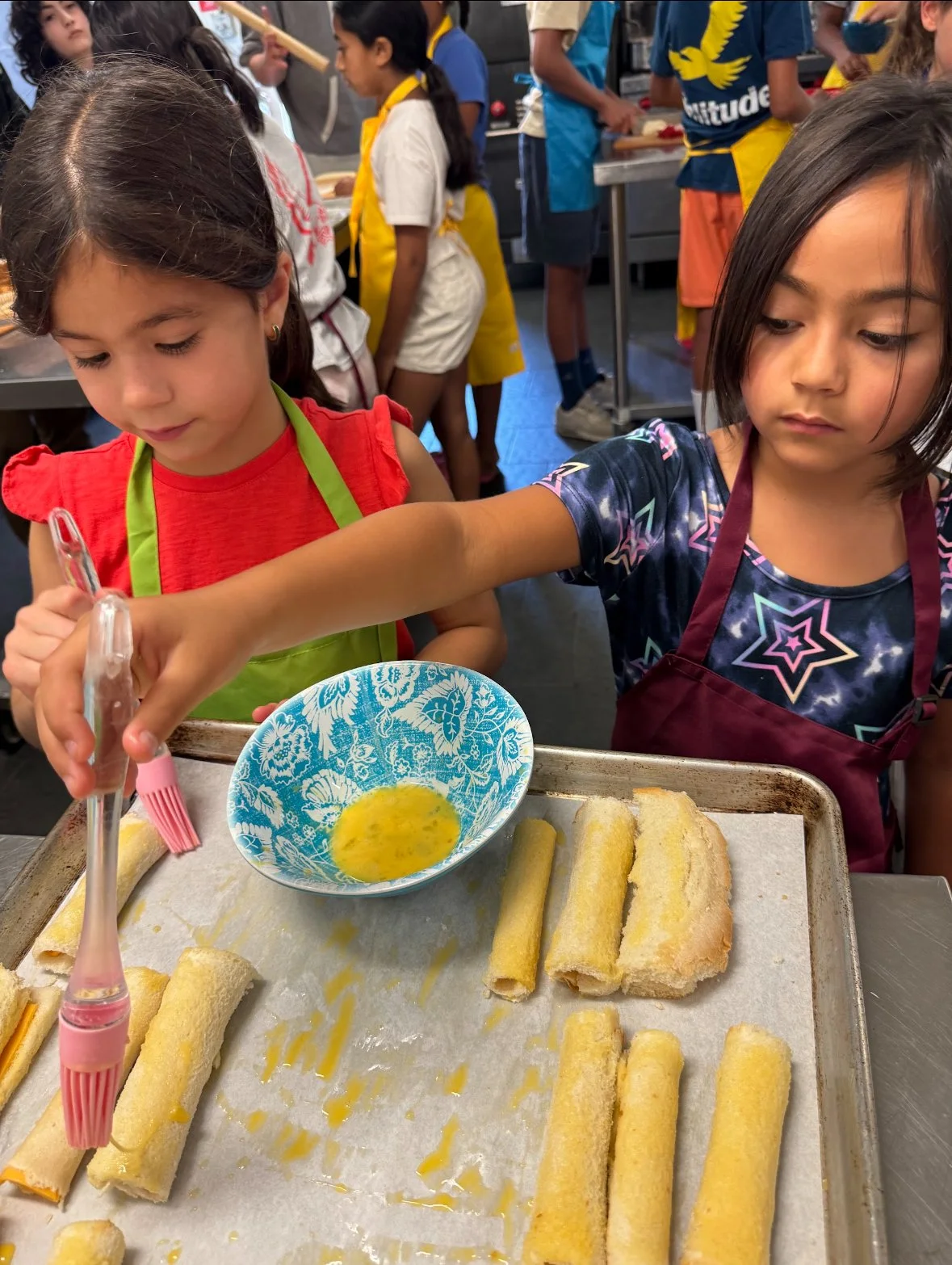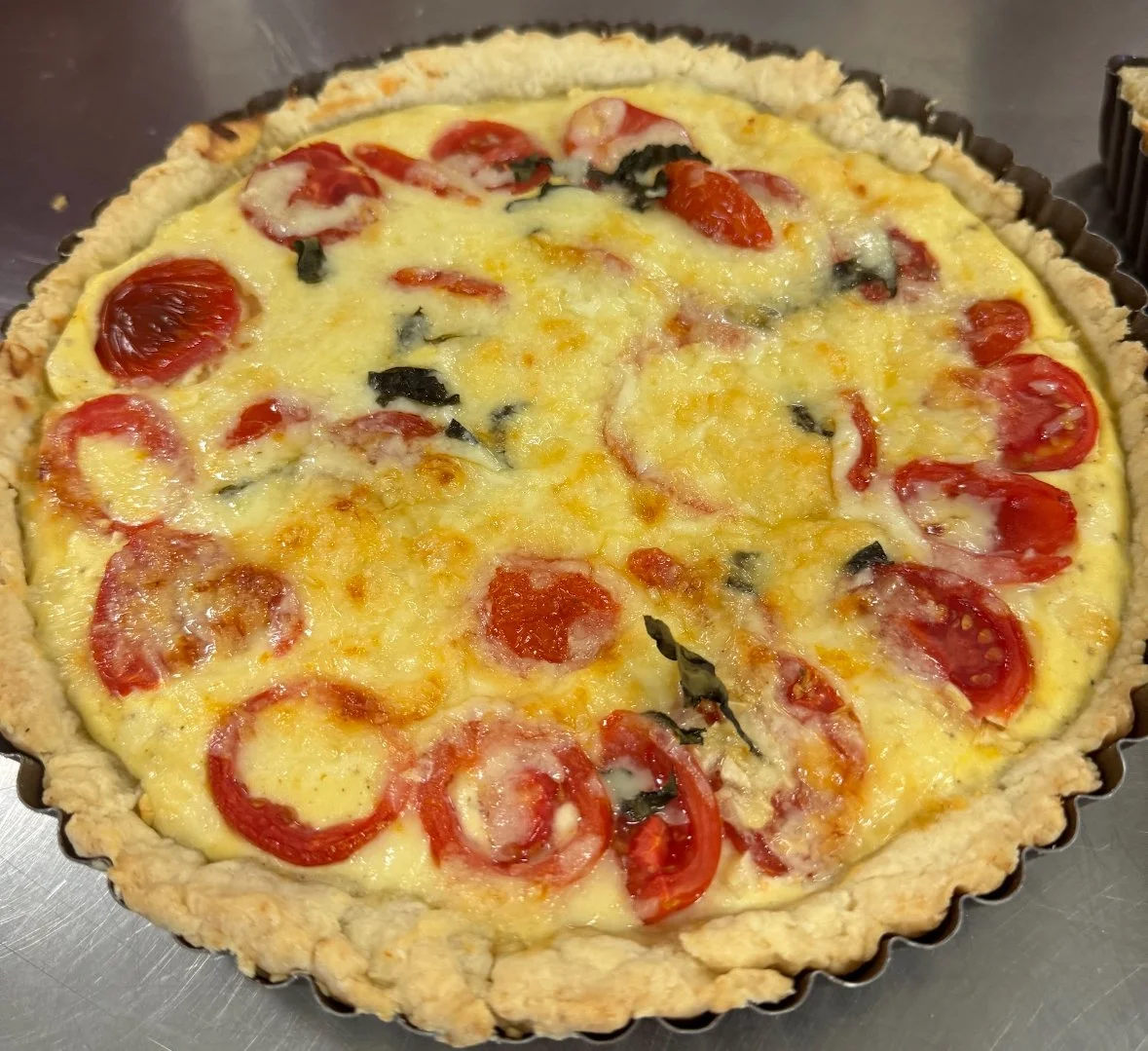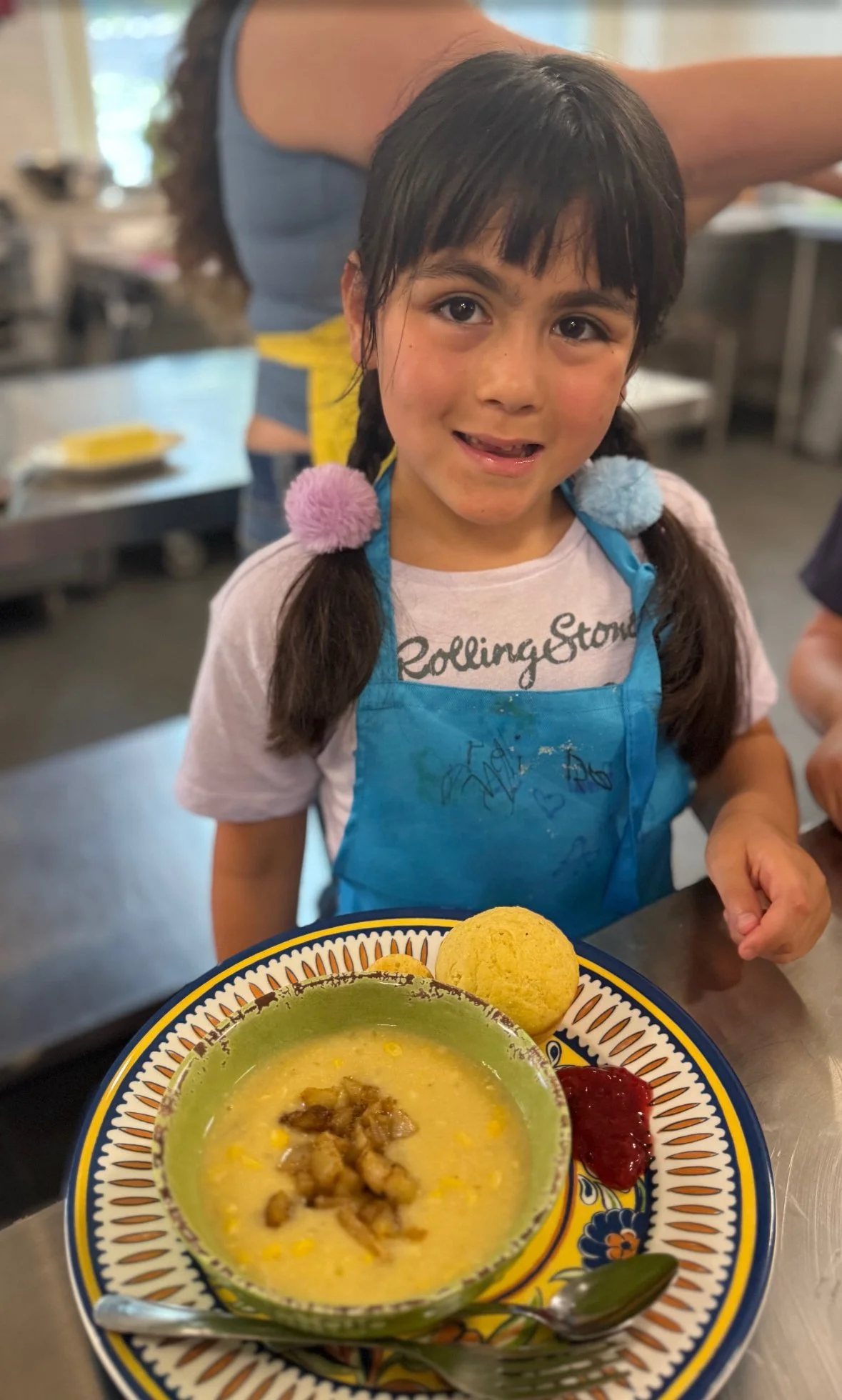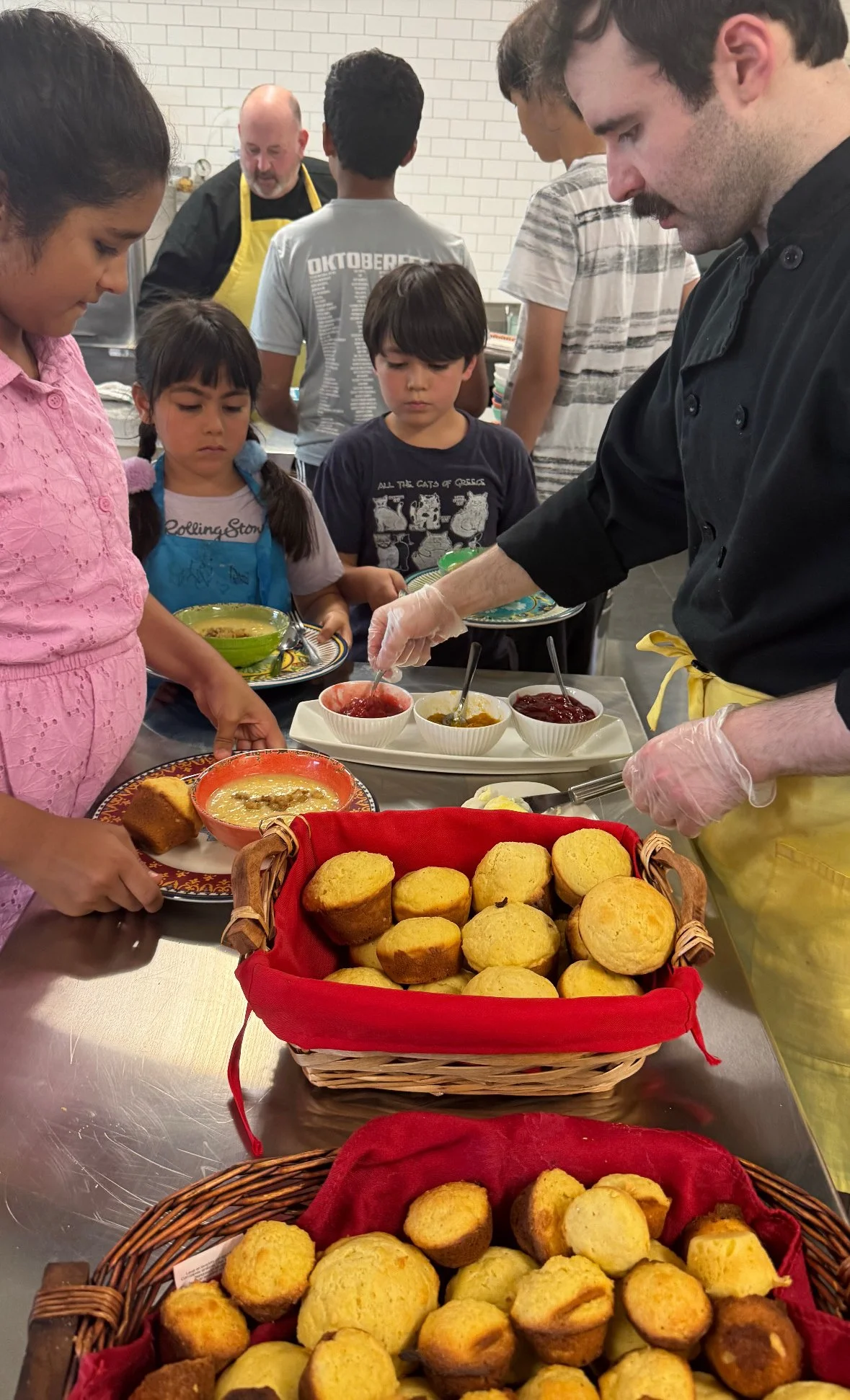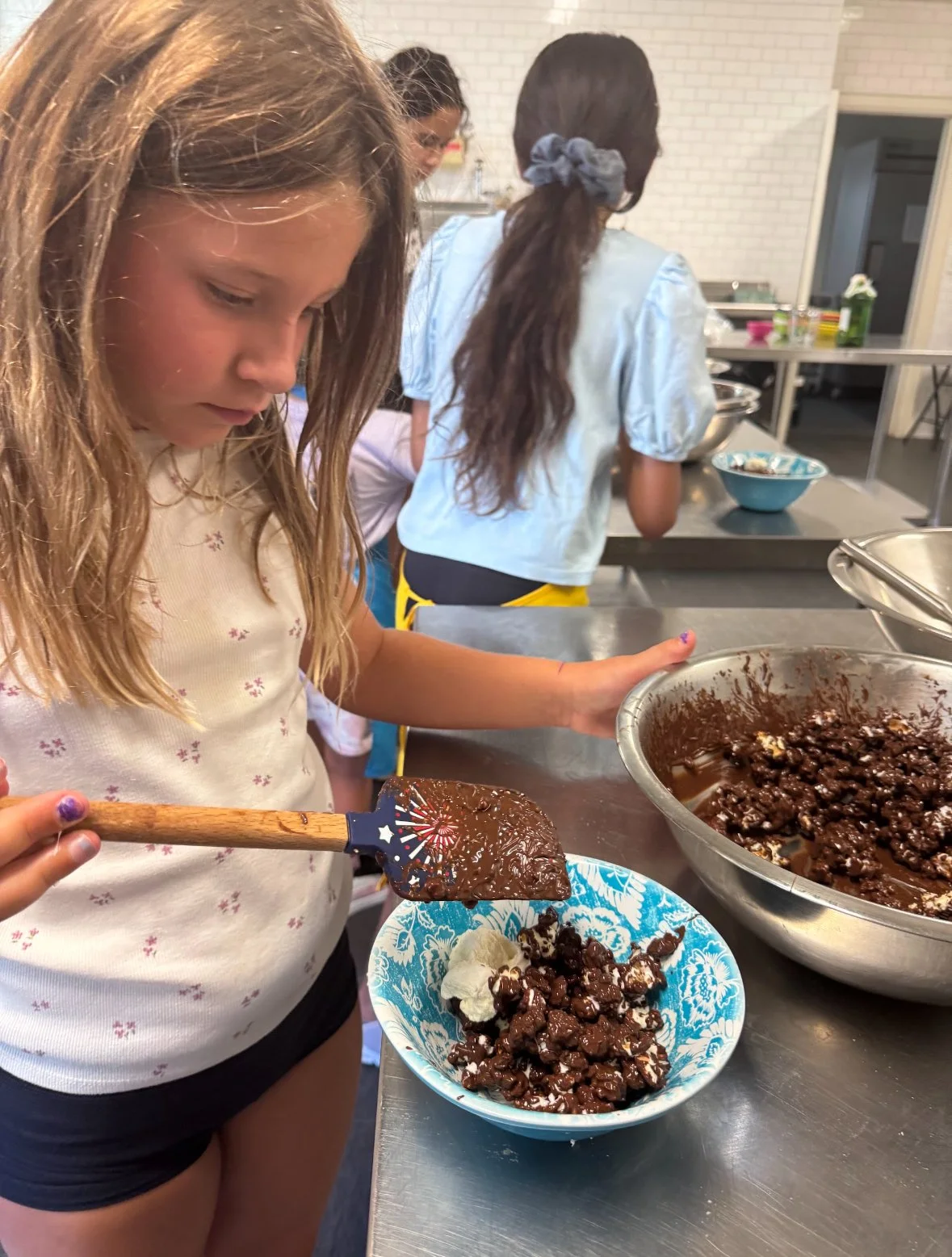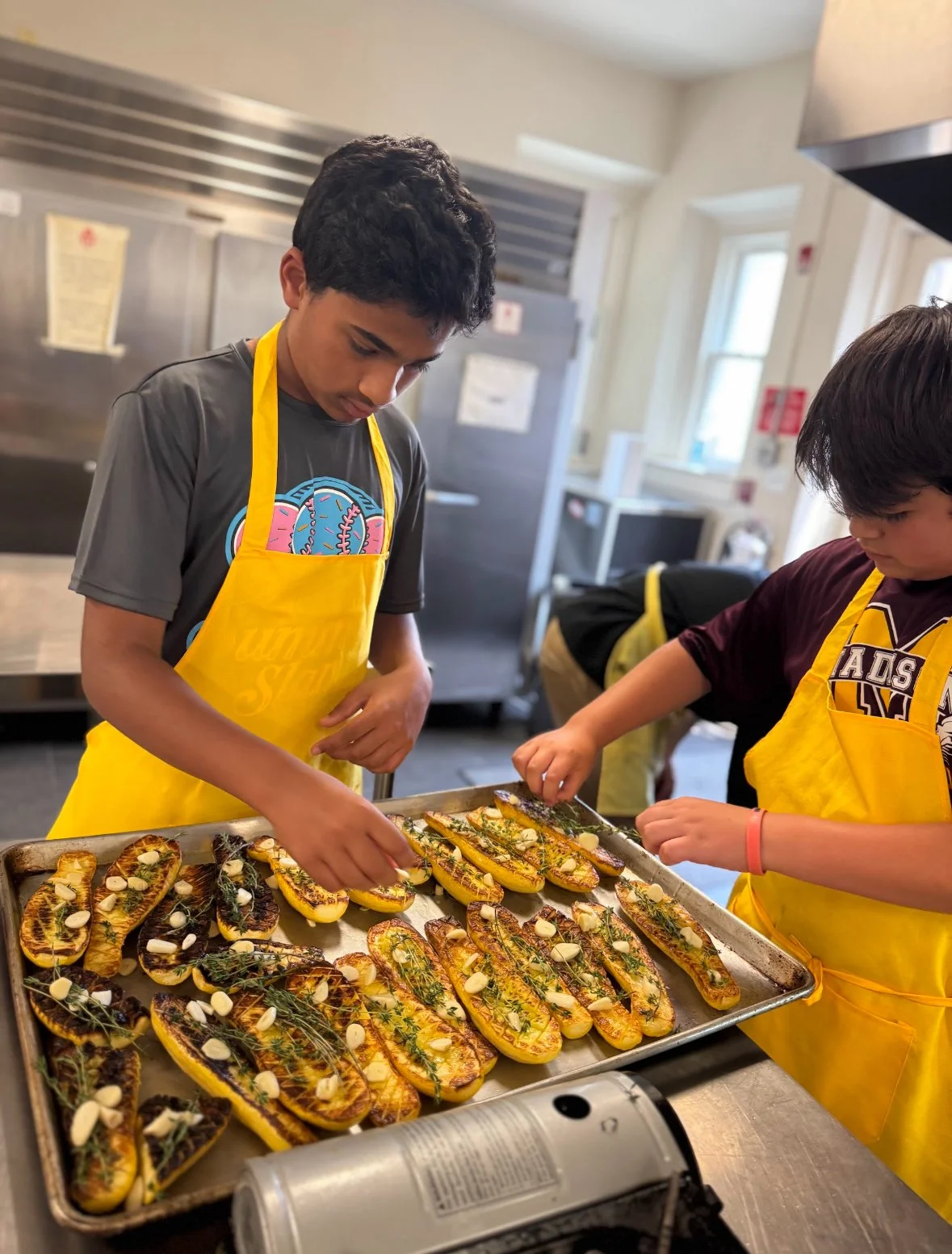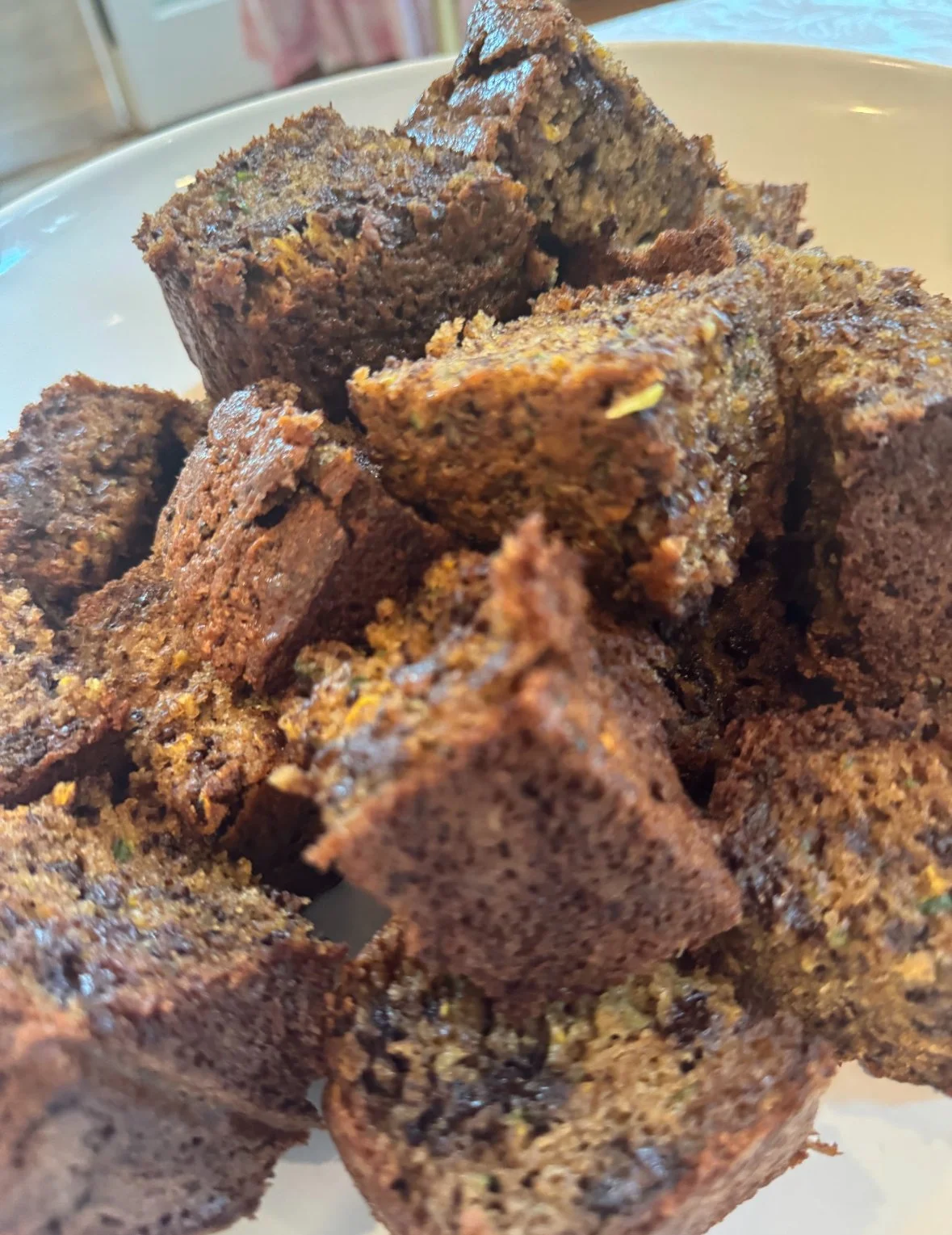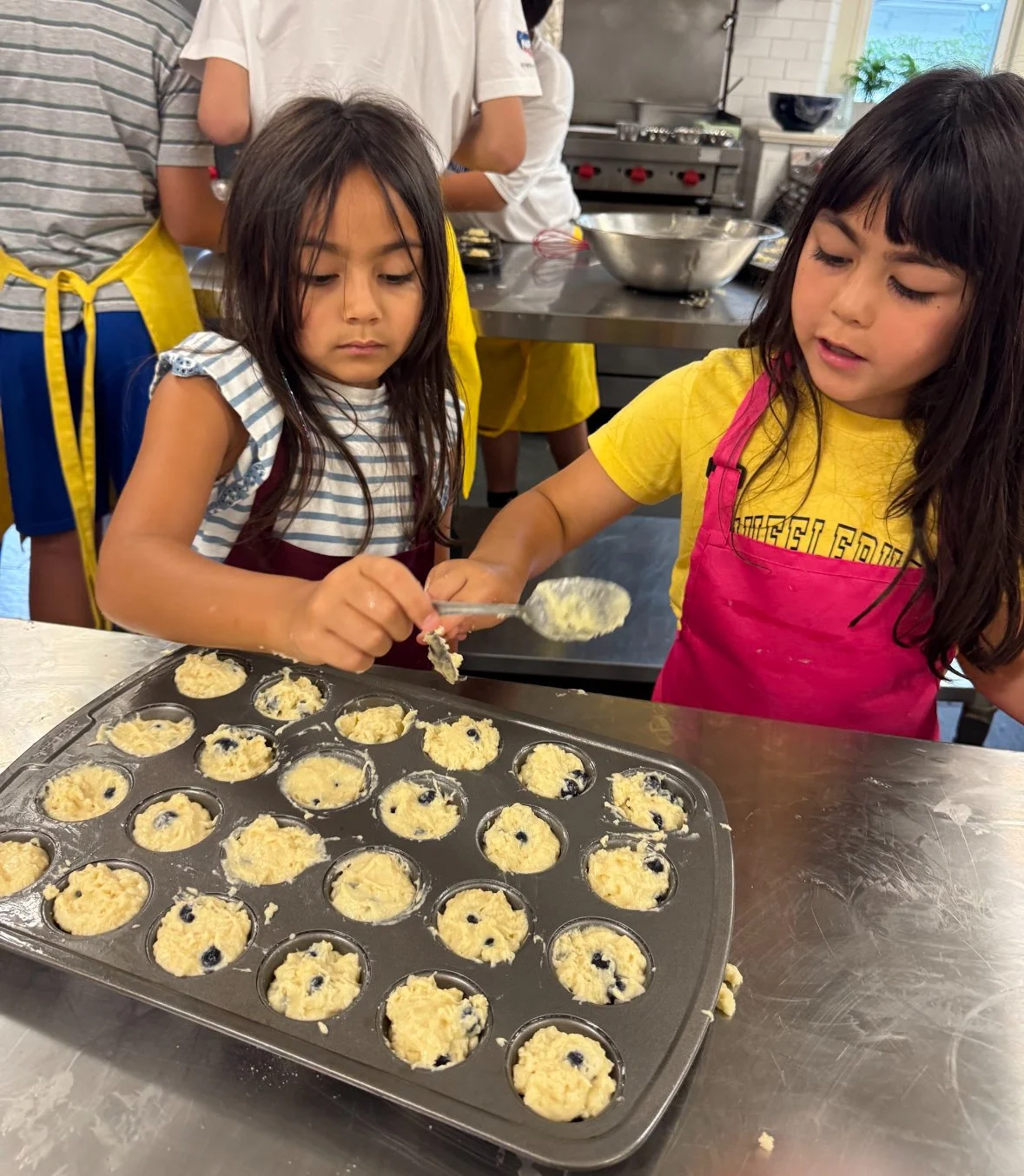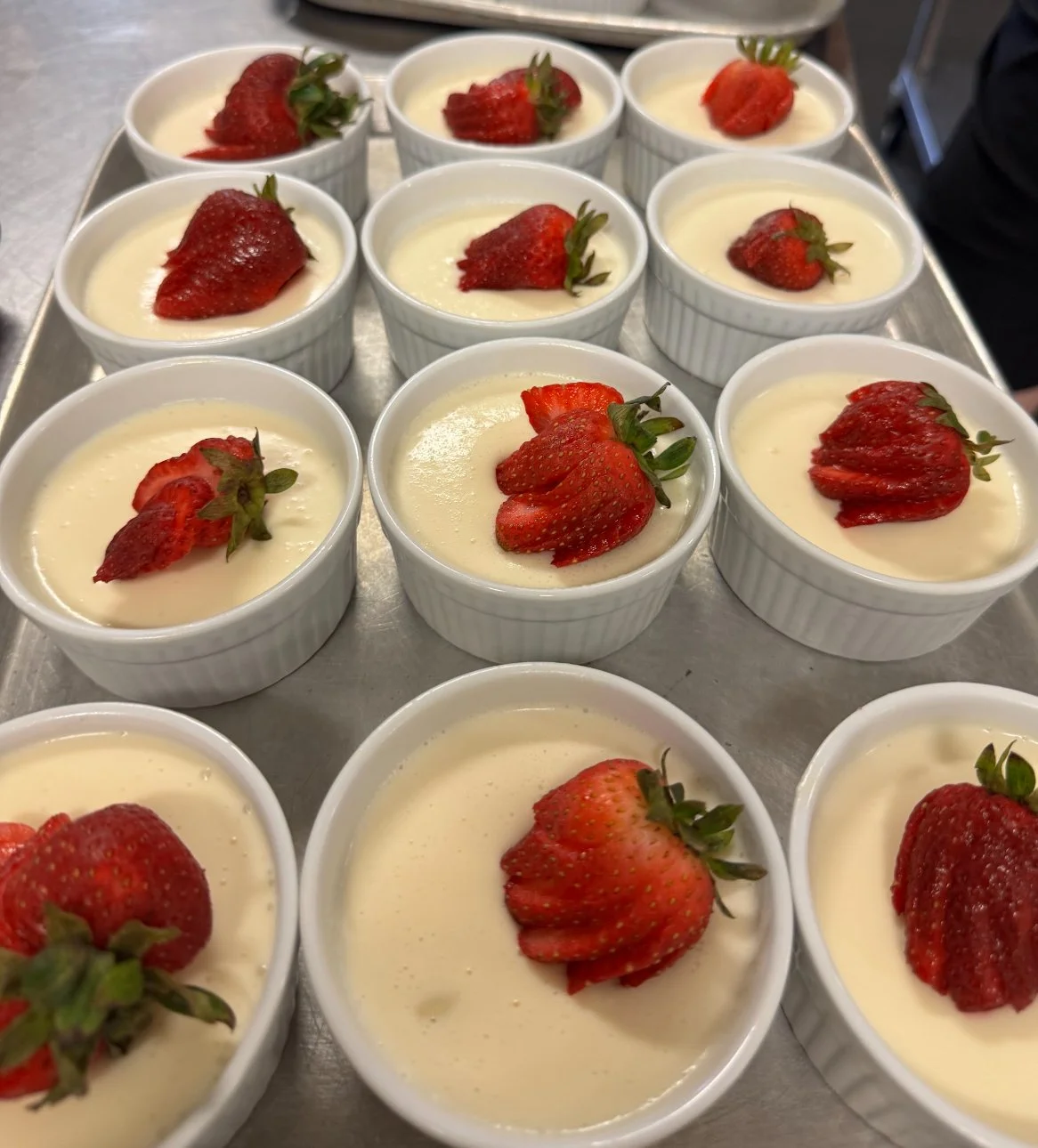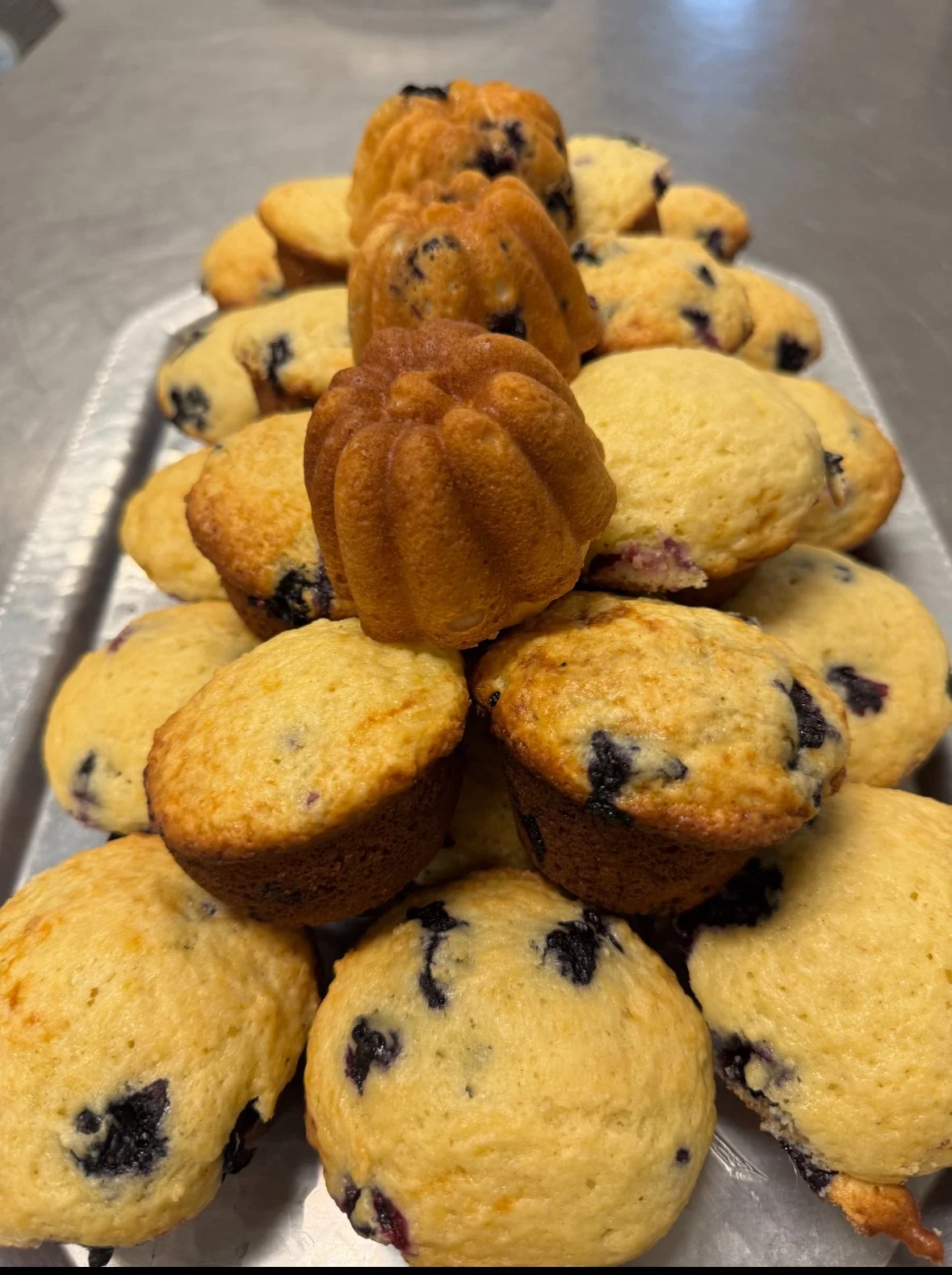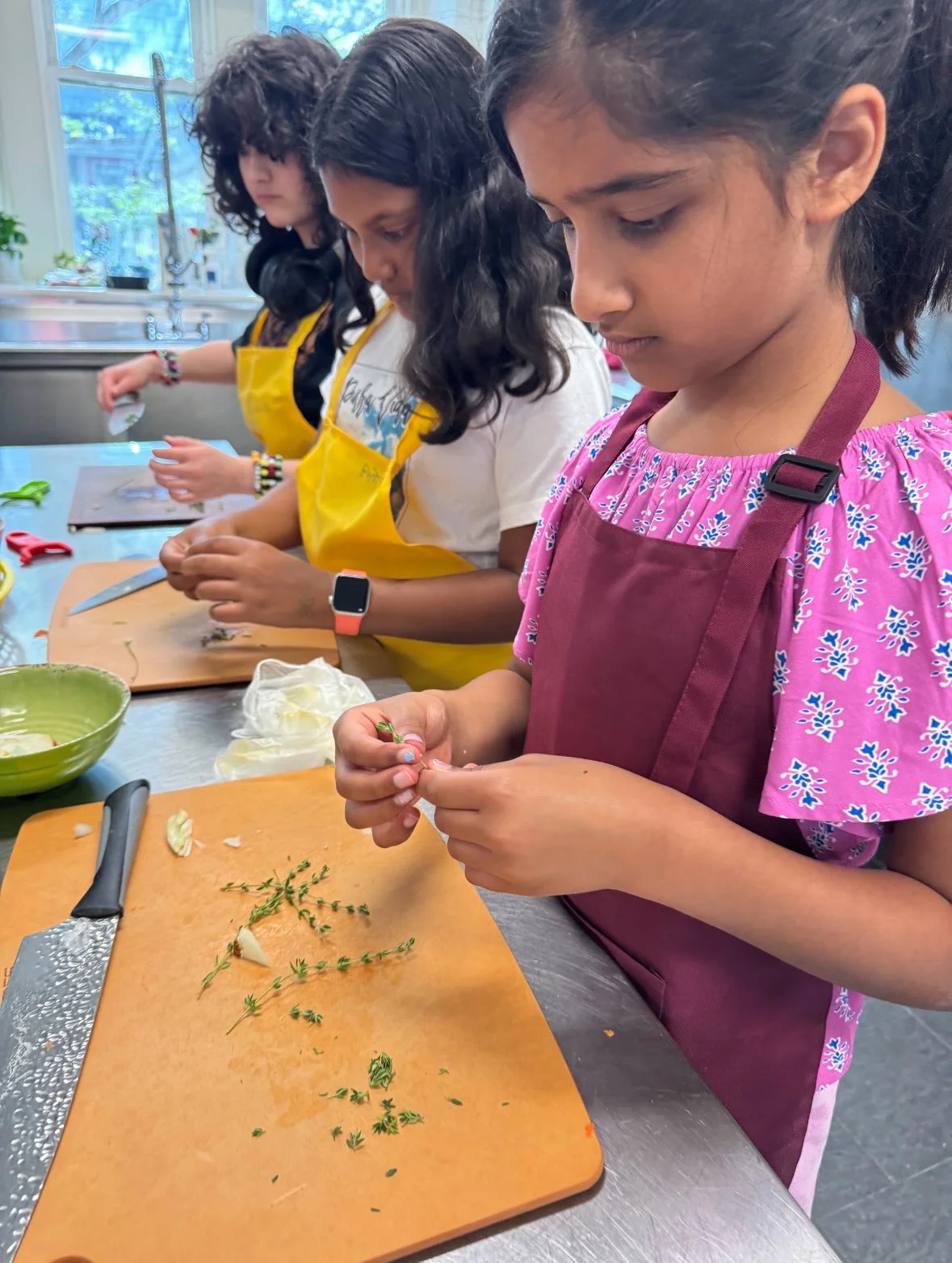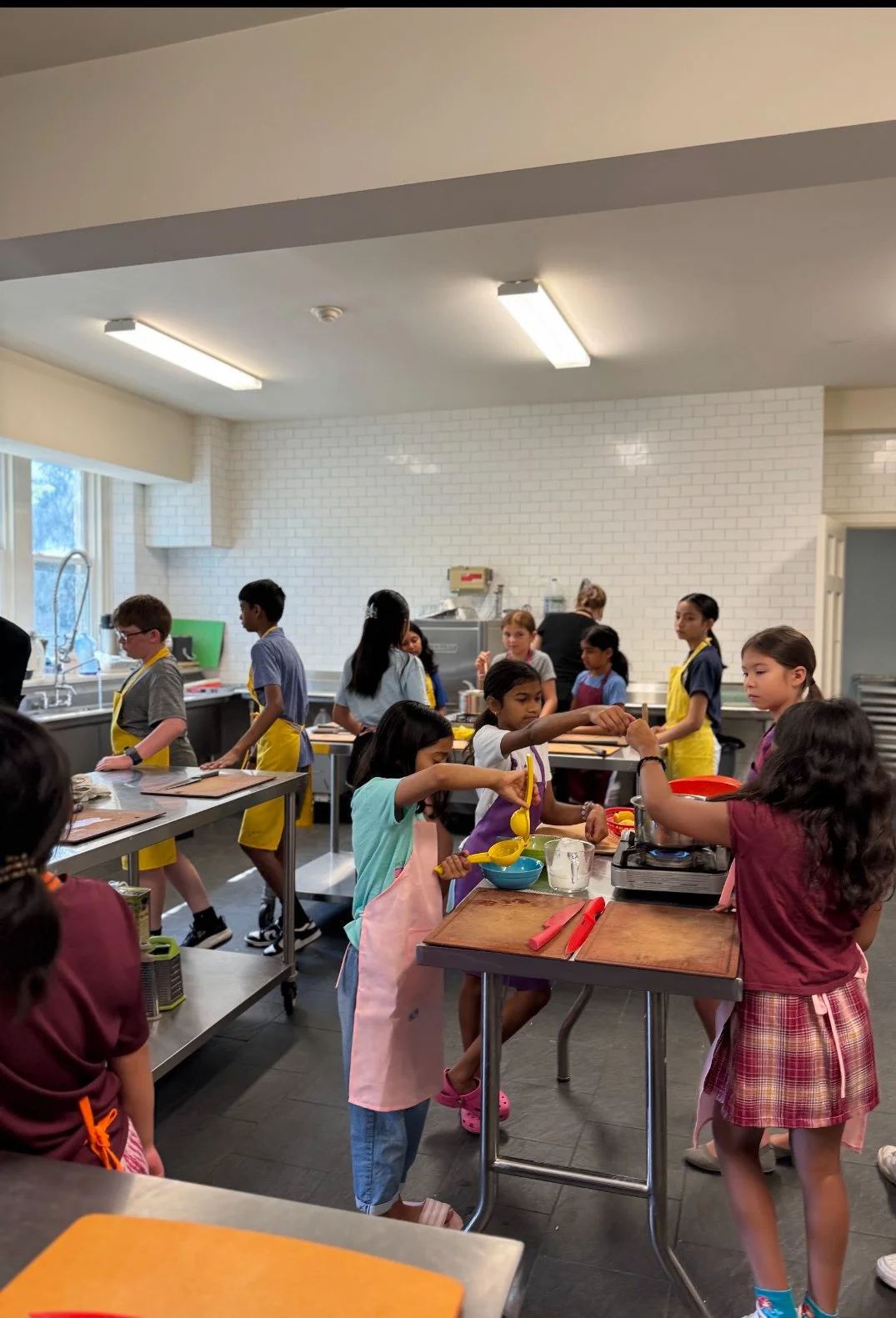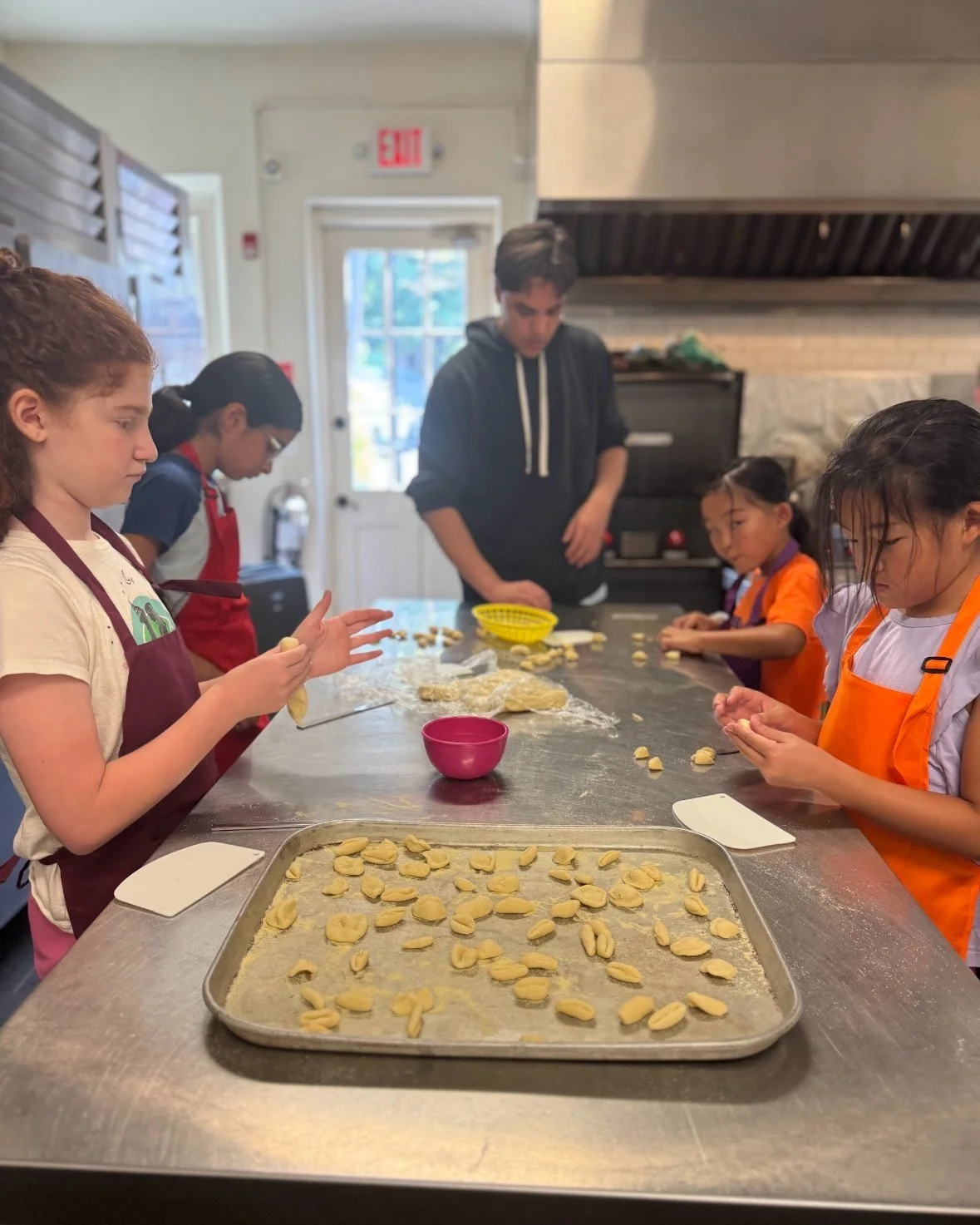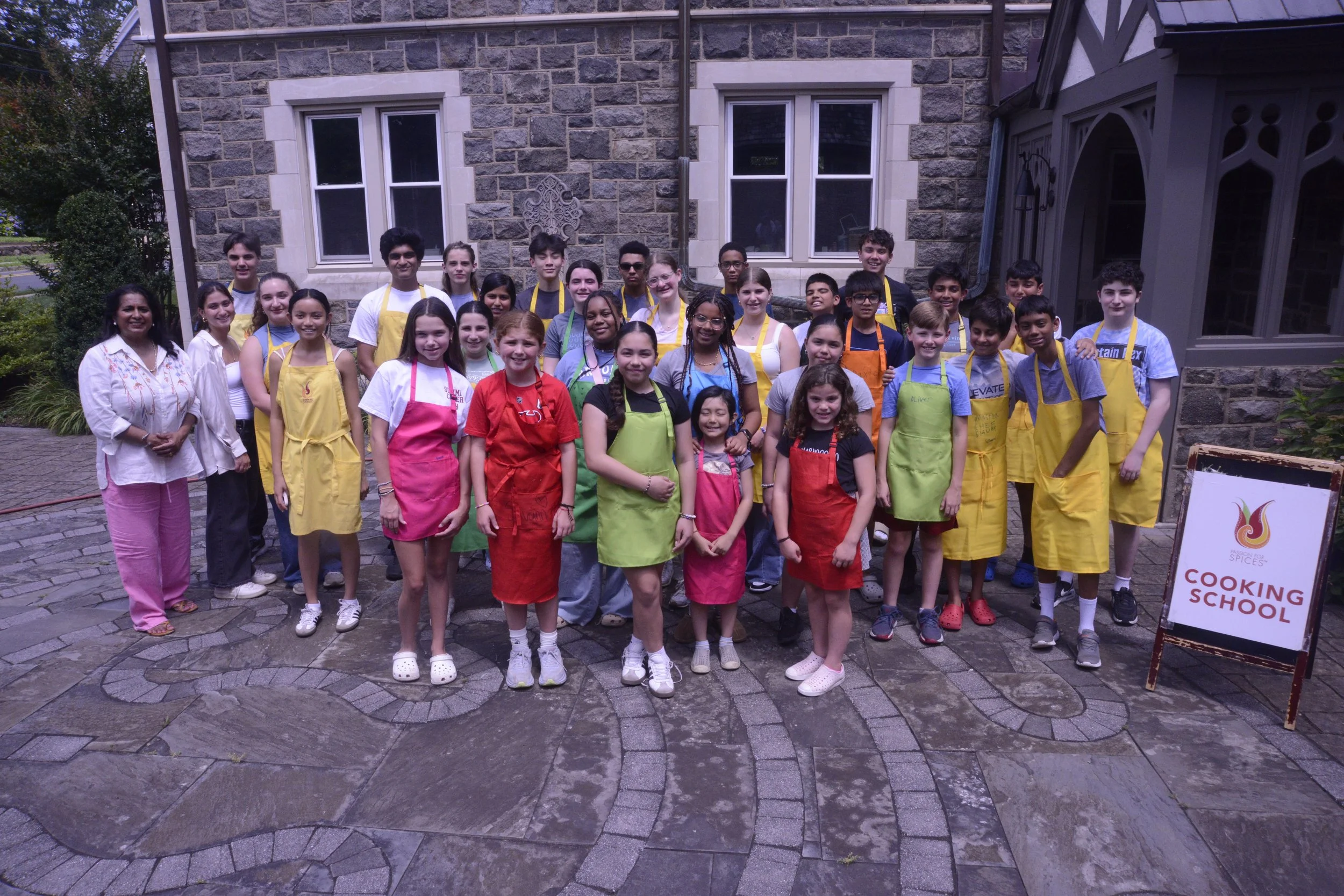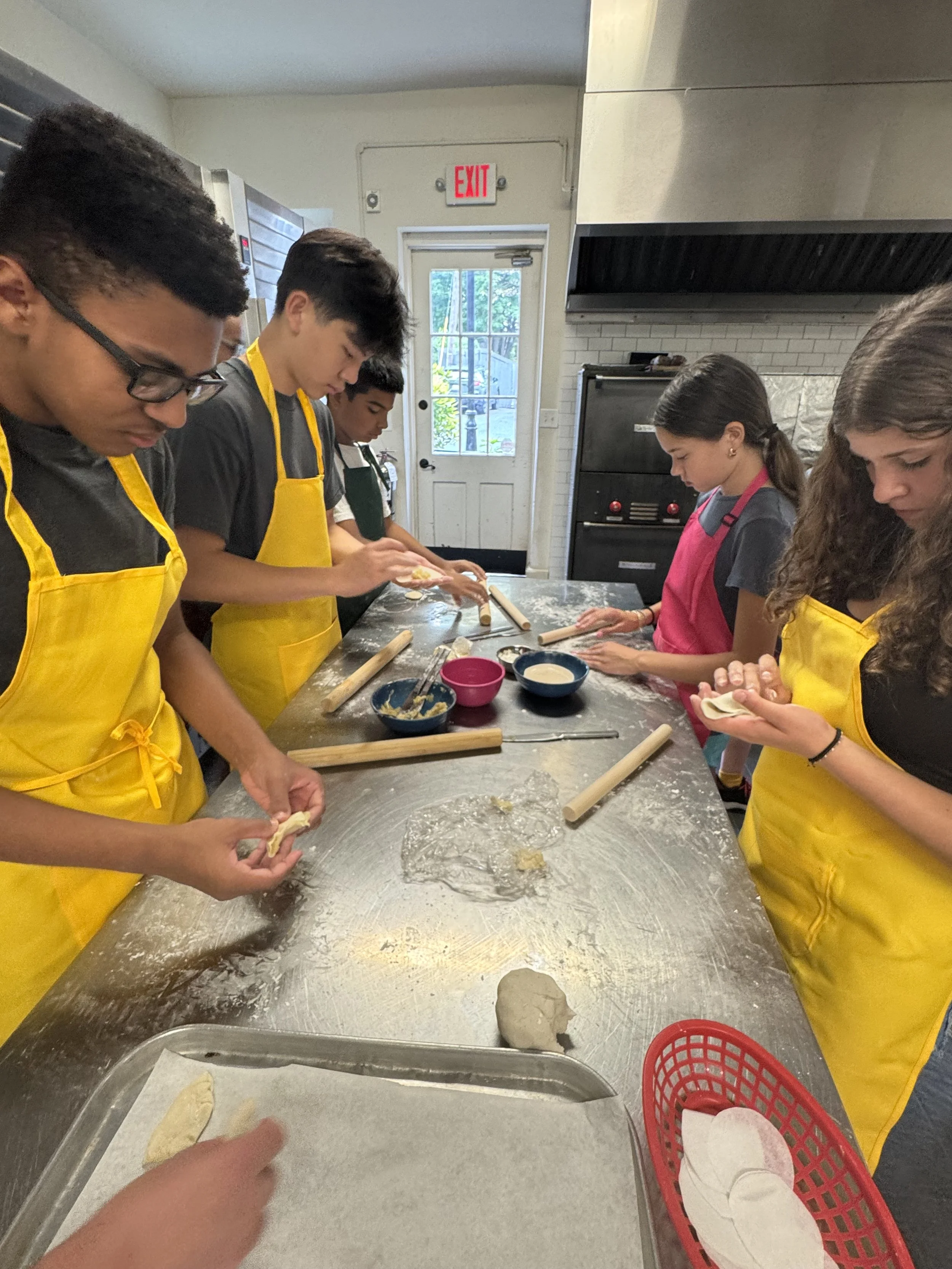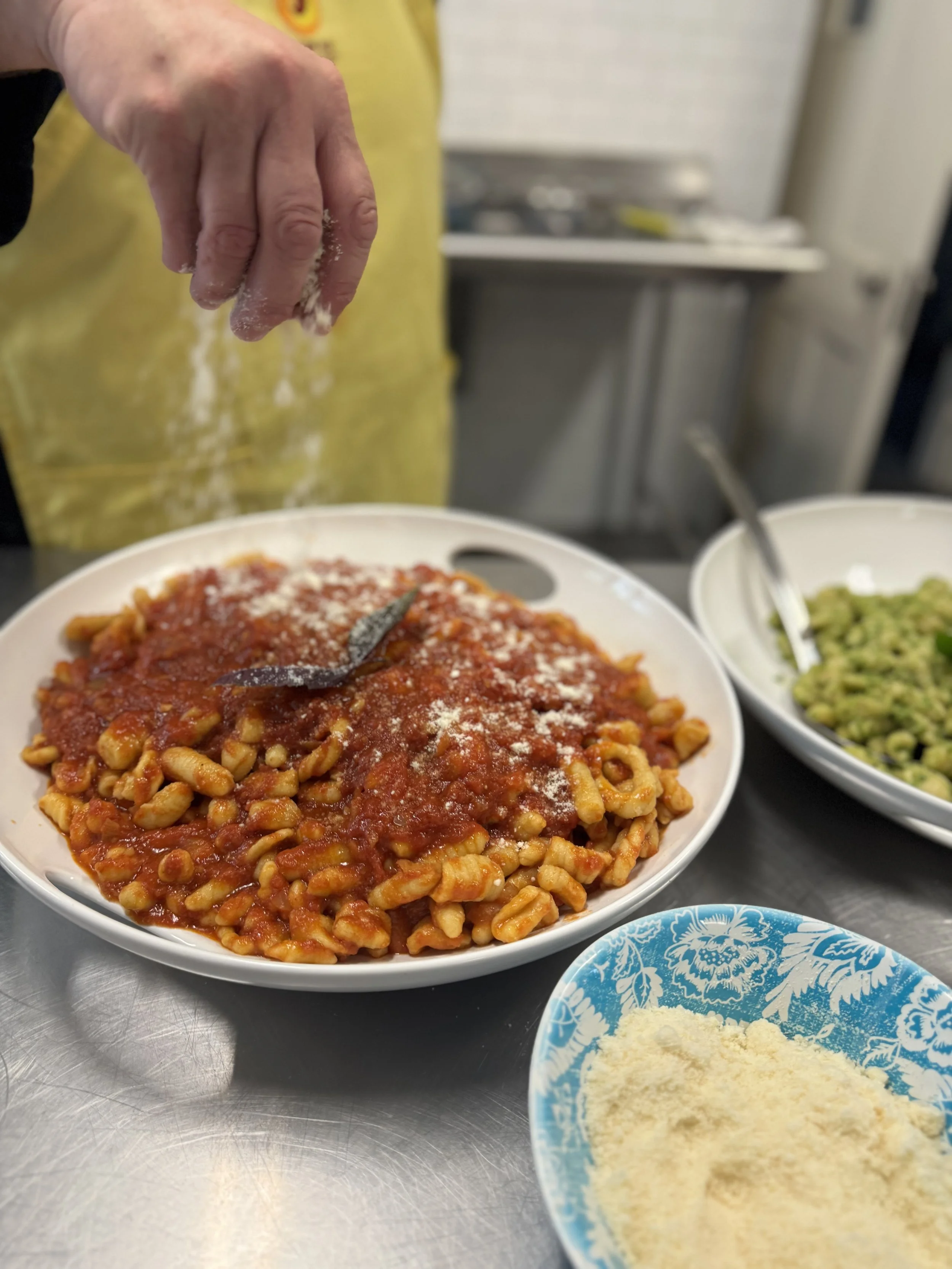Our fifth week of the Passion for Spices™ Cooking Camp began with the students returning to the basics. They focused on mastering soups, broths, and improving their knife skills. For their first dish, the young chefs prepared a flavorful golden carrot ginger soup, putting their newly learned knife techniques to work as they chopped carrots and onions. They also created a refreshing gazpacho andaluz, blending tomato, garlic, bread, and other fresh ingredients into a smooth, vibrant soup. To round out the day, they cooked a classic fried rice, incorporating eggs, vegetables, and aromatic spices.
On the second day, the students focused on starters and salads. They began with savory chicken and vegetable gyoza, learning how to prepare the flavorful filling by combining minced chicken, finely chopped vegetables, soy sauce, and ginger. Another appetizer on the menu was smashed Yukon gold potatoes, lightly seasoned with salt and pepper. To complement the potatoes, the students prepared a rosemary orange barley salad. They whisked together vinegar, parsley, mustard, and other ingredients to create a tangy dressing, then tossed it with a mix of barley and wheat berries to finish off this salad.
For day three, the students prepared some tasty side dishes. They started off with some tandoori-style roasted chicken. The students also made some grilled zucchini. They further utilized their knife skills to score the zucchini, which was then sauteed. It was then served with a flavorful cherry tomato sauce. The final side they made was mashed potatoes with garlic confit. The garlic was cooked slowly until golden brown and was served with the potatoes.
For the fourth day, the students made two main courses and a delicious dessert. They made Korean-style roasted chicken. They prepared a marinade with gochujang, gochugaru, and other seasonings. They also made baked lasagna with turkey, which could easily be substituted for mushrooms for a vegetarian option. For dessert, the students made a peach and blueberry cobbler to accompany the main dishes.
On the last day, the chefs came three hours early to prepare a large feast for their families. The students were divided into teams based on the recipes they wanted to prepare. For example, there was a team to prepare the Korean-style chicken, a team for the gazpacho, etc. However, they were presented with mystery ingredients to challenge their culinary skills. For example, the gazpacho team had to prepare a similar dish using watermelon instead of tomatoes. They then presented a beautiful buffet for their families.

